|
It isn’t often that I find a Pinot Grigio that I really love. But when I do, I will be the first to sing its praises to you. And when sipping this wine from a wineglass specially designed for Terlato Pinot Grigio, it’s cause for celebration! The grapes for the Terlato Vineyards Pinot Grigio are grown in the renowned Friuli Colli Orientali DOC region in the far northeastern corner of Italy. These hillside vineyards are in the foothills of the Austrian and Slovenian Alps at an average altitude of 1300ft. Terlato Pinot Grigio is 100% estate-grown grapes selected from vines that are 20 to 30 years old. The grapes are farmed in small blocks, each with different soil compositions and exposures. The soil is mostly marl and schist, low nutrient and rocky. And the warm days and cool nights contribute to the acidity, complexity and character in this terroir-driven wine. All grapes are handpicked and wine production takes place in a state-of-the-art-winery. Riedel, the iconic glassmaker, was inspired by the quality of Terlato Pinot Grigio and crafted a beautiful wine glass to complement this wine. The glass even has “Terlato” etched on the stem. The concept of the design is illustrated below. Of course, I tasted the wine in both the Riedel wine glass and my standard “go-to” wine glass. And yes, there are differences. The Riedel wine glass definitely heightened the aromas and my palate was entertained with a richer and subtler dance through the layers of this wine. That being said, I also enjoyed the wine in my “go-to” glass. However, the Riedel glass brings out the best in this Pinot Grigio.
Terlato Pinot Grigio DOC 2018 with Riedel wine glass Strong aromas of stone fruit, melon, pear and a touch of lemon are an enticing introduction. Layers of peach, apricot, pear and minerality follow a rich and creamy texture on the palate. The finish is quite lengthy with hints of almonds and lemon zest lingering. This Pinot Grigio is beautifully balanced with crisp acidity and expressive fruit. Serve as an aperitif or pair with seafood, light pasta dishes, cheese and spicy Asian cuisine. Alcohol: 13% SRP: $23.99 The Riedel wine glass is only available through a mail-in rebate after the purchase of a bottle of Terlato Pinot Grigio. Whether you drink Terlato Pinot Grigio in the Riedel wine glass or one of your choosing, it will still be an enjoyable and delicious experience! Until next time… Cheers! Penina To leave a comment or if you have an inquiry, please contact me at [email protected] It’s that time of year again for putting up seasonal decorations, attending holiday parties, buying an appropriate gift for the host/hostess and shopping for presents which seems to get more challenging as the years go by. Needless to say, it can be quite stressful. However, when it comes to buying gifts for the wine lovers and spirits drinkers on my list, I always have fun picking out just the right bottle or two for each recipient. And thanks to Bertani winery, shopping just got a little easier for me. Bertani produces a variety of world-class wines that will impress and please anyone’s palate. I recently received four samples of assorted wines from this iconic wine producer. The brothers Giovan Battista and Gaetano Bertani founded Bertani Winery in 1857 in Quinto di Valpantena, north of Verona in the region of Veneto, Italy. With their winemaking talent, quality wine, business acumen and innovation, the brothers quickly distinguished themselves throughout the winemaking area of Verona. Their drive for quality and continuous improvement in the vineyards and winery were passed on from generation to generation. In 2011 another family-owned company of Tuscan wineries bought Bertani, but management and operations are kept separately. Bertani has over 200 hectares of vineyards in the most ideal areas of Verona province. In all of Italy, the highest number of DOC wines originates from here and it is famous worldwide for wines such as Valpolicella, Soave and Amarone. Bertani has two historic wineries, one in Grezzana and the other in Arbizzano di Negrar. The map below illustrates the territories where their vineyards are. Soave Vintage Edition DOC 2016 This wine is made with 100% Garganega grapes harvested from vineyards in the Soave hills. The area has a mild climate with very complex soils of calcareous origin and clay-loam texture and is rich in organic matter. All of this contributes to making full-bodied wines with elegant fruity notes and longevity. Aging takes place on the lees in concrete vats covered with glass bricks. This historic container allows for a slow and gradual aging process. Heavenly floral aromas are accompanied by stone fruit, apricot and a hint of savory. Stone fruit continues onto the palate with melon, vibrant acidity and a touch of minerality. Floral and peach linger on the palate for a long finish. This wine is complex and bursting with personality. Serve as an aperitif or pair with seafood, white meat and spicy Asian cuisine. Alcohol: 12.5% SRP: $30.99 Secco Bertani Original Vintage Edition 2015 This wine is a magical blend of 80% different varieties of original Corvina clones, 10% Sangiovese Grosso and 5% each of Cabernet Sauvignon and Syrah. Grapes are sourced from vineyards in the hills surrounding the historic Bertani estate in Grezzana, in the Valpantena DOC. There is a significant difference in the temperature range between day and night with long sun exposure during the day, resulting in high-quality fruit production. The soil is composed of calcareous-marl that contains large amounts of iron giving the wines spicy, mineral notes. This Vintage Edition is made by recreating the old recipe, style and taste from the first Secco Bertani vintage in 1857. The wine was aged for 12 months in traditional Veronese cherry and chestnut barrels made from local wood. Lovely aromas of raspberry, sweet cherry, baking spices and a hint of herbs and pepper are the intro to this vibrant wine. The palate offers sour cherry, cranberry, red plum and spice. This is a luscious wine with medium tannins and a long finish of pepper, cherry and mineral notes. Serve with meats, stew, pasta and appetizers. Alcohol: 13.5% SRP: $25.99 Valpolicella Ripasso DOC 2016 This is a blend of 85% Corvina Veronese, 10% Merlot and 5% Rondinella. Grapes are sourced from the hills of Valpantena and Valpolicella Classica areas. The soil is composed mainly of calcareous-marl that is volcanic and rich in iron. Ripasso is made using a very old winemaking practice called the “ripasso method”. The young Valpolicella wine is re-passed over grape skins used in Amarone production. This method gives the freshness of the Valpolicella and the dried grapes introduce rich and concentrated flavors of chocolate and sour cherry to the wine. It is aged for nine months in French oak barrels. The nose offers aromas of red and dark fruit, spice and herbs. This is a tasty and complex wine with layers of cherry, red berries, anise, pepper and a hint of vanilla and nutmeg. It is well balanced with a delightfully long finish of fruit and savory. This wine can be served with many dishes such as creamy mushroom risotto, grilled meat, hearty stews and aged cheese. Alcohol: 13.5% SRP: $25.99 Bertani Amarone Classico DOCG 2009 This wine is a traditional blend of 80% Corvina Veronese and 20% Rondinella sourced from the Tenuta Novare hills in the heart of the Valpolicella Classica area. Soils in Tenuta Novare range between clay, calcareous soils rich in iron and manganese and soils rich in basalt that helps to give Amarone its distinctive quality. Bertani has 550-acres of vineyards here that are devoted entirely to the production of Amarone. Bertani began making Amarone Classico in 1958 and their production methods and packaging have remained the same. Grapes are set aside to dry naturally on racks made of bamboo canes and they remain here for about 120 days until the grapes lose 60% of their water content. Slow fermentation takes place in concrete vats and the wine is then aged in Slavonian oak barrels for at least six years. Another 12 months of maturing is spent in the bottle before release. This Amarone is opulent! It opens with intoxicating aromas of plum, cherry, baking spice and a hint of tea rose. The aromas spill onto the palate with layers of red berries, toasted nuts, anise, spice and a touch of vanilla. It is a beautiful integration of acidity and tannins that beg you to take another sip and savor every mouthful. This is an elegant wine that can be enjoyed on its own or pair it with red meat, white meat, game, risotto or aged cheese.
Alcohol: 15% SRP: $129.00 I hope that I have piqued your interest and perhaps when checking off your gift list for the holidays, you’ll treat yourself to a bottle of Bertani wine! Until next time… Cheers! Penina To leave a comment or if you have an inquiry, please contact me at [email protected] Around this time last year, I reviewed Ferraton Père & Fils La Matinière Crozes-Hermitage and Samorëns Côtes-du-Rhône Red 2015 vintages. Ferraton Père & Fils is a producer and négociant of wine throughout the Rhône Valley. Twenty percent of Ferraton production is estate wines with grapes sourced from the domaine’s 37 acres in the Northern Rhône’s Hermitage, Crozes-Hermitage and St. Joseph appellations. The rest is sourced from sustainably farmed fruit in both Northern and Southern Rhône appellations all of which are biodynamic and certified organic. To learn more about this producer and the Rhône Valley, please click ‘Ferraton Père & Fils’ or Rhône Valley on the menu at right. The 2017 vintages of Ferraton Père & Fils La Matinière Crozes-Hermitage and Samorëns Côtes-du-Rhône Red are quite pleasing to the palate and light enough to be enjoyed with a variety of cuisine. La Matinière Crozes-Hermitage 2017 is 100% Syrah. Crozes-Hermitage is the largest appellation in the Northern Rhône and is known for its exceptional Syrahs. The climate here is moderate-continental and a bit cooler than the Southern Rhône but still it is far enough south to produce earlier ripening grapes. The grapes for the La Matinière are sourced and blended from a mix of estate and neighboring vineyards in the Mercurol and Beaumont-Monteux districts of central and southern Crozes-Hermitage. Glacial alluvial deposits with rounded pebbles, stones and gravel soils along with potassium residue can be found here, which contribute to fleshier, rounder wines. This wine is partly matured in oak barrels for 12 months before bottling. This wine begins with lovely floral aromas mixed with strawberry, cherry and baking spice. The palate offers an array of red fruit such as raspberry, pomegranate and sour cherry. It has a nice balance to it that finishes with hints of pepper, cherry and vanilla. Alcohol: 13% SRP: $26 Samorëns Côtes-du-Rhône Red 2017 is a blend of 85% Grenache, 10% Syrah and 5% Cinsault. Grapes are sourced from vineyards situated on the left bank of the Southern Rhône with flatter terrain that consists of stony soil including limestone, clay and sand. The climate is Mediterranean with mild winters and warm, dry summers. This terroir-driven wine bursts open with aromas of berries, floral and spice. The palate offers juicy red fruit with flavors of blackberry, dark raspberry, anise and spice with a tart plum skin finish. It is the perfect combination of fruit and savory.
Alcohol: 14.5% SRP: $16 With the holidays fast approaching, you won’t go wrong with adding these wines to your shopping list and dinner table. Until next time… Cheers! Penina To leave a comment or if you have an inquiry, please contact me at [email protected] When you can’t choose between drinking red or white wine and circumstances permit, try both and let your palate choose. That’s why I love using my Coravin system; there is no waste factor in my home! Donald Hess is the founder of Hess Wines, a family-owned, fifth-generation company located in Napa Valley, CA. In the 1970s, while on a business trip to Napa Valley, Donald took an interest in mountain winegrowing. He ascertained that the Mount Veeder mountain vineyards were an ideal area for growing grapes, which produce unique character and flavor due to the microclimate and soils. In 1978 Donald made his first land purchase on Mount Veeder, a property in which winemaking and farming have a history going back as far as 1876. This property is now the site of the Hess Collection Winery. By 1982, Donald had acquired 900 acres and in 1986 he opened the Hess Collection Winery to the public. Dave Guffy became Director of Winemaking in 1999 and Donald formally retired in 2011, passing on the baton to his son-in-law Timothy Persson as CEO and his daughter Sabrina, the fifth generation of the Hess family. In addition to its mountain vineyards, Hess Wines has estate vineyards in areas such as Pope Valley and near the Carneros region of the Napa Valley. They also produce wine in Argentina and South Africa. Hess Wines focuses on sustainable practices in the vineyard and winery. “The wines cultivated at The Hess Collection follow the dictates of the Napa Green certified land and winery programs, as well as the California Sustainable Winegrowing Alliance “Code of Sustainable Winegrowing”, both third-party certification programs with significant oversight.” (Quoted from Hess website) My review today is on wines that come from Hess Allomi and Súskol Vineyards in Napa. Hess Collection Napa Valley Chardonnay 2017 is 100% Chardonnay. The grapes are sourced from Súskol Estate Vineyards located in one of the coolest growing regions within Napa. It is the site of an ancient seabed with shallow, sandy soils. Chardonnay is exclusively grown on this 175-acre vineyard with nine unique clones to work with. 70% of the blend goes through stainless fermentation and the remaining 30% sees a light touch of oak-aged for nine months in French oak, 19% new. Luscious aromas of floral, pear, honeydew and vanilla lead to a rich and creamy palate. Layers of melon, honeysuckle, pear and baking spice with hints of stone fruit are complemented by lively acidity and balance. Enjoy as an aperitif or serve with seafood, light pasta or cheese. Alcohol: 14.4% SRP: $22 Hess Collection “Allomi” Cabernet Sauvignon 2017 is a blend of 81% Cabernet Sauvignon, 12% Petite Sirah, 3% Petit Verdot, 2% Malbec and 2% Merlot. Grapes are harvested from Allomi Vineyard located in northeastern Pope Valley, a part of Napa Valley. Vines are exposed to a long, warm growing season and well-drained clay loam soils. There are 35 unique blocks with six different Cabernet clones in this 210-acre estate. Each block is evaluated and only the finest components are selected for each vintage. This wine is aged in 27% new American oak for 18 months. A profusion of black fruit and spice with hints of floral and vanilla greet the nose. The palate offers dark plum, black cherry and spice with a finale of dark chocolate, vanilla and sour cherry on a long and luxurious finish. It has a beautiful mouth-feel with well-integrated tannins. This wine is full of personality and simply put, is elegant. Serve with grilled meat, wild game, stews and grilled vegetables.
Alcohol: 14.5% SRP: $32 I look forward to revisiting these wines very soon! Until next time… Cheers! Penina To leave a comment or if you have an inquiry, please contact me at [email protected] International Sherry Week is from November 4 – 11. And there are so many styles of sherry to celebrate with. Sherry is a fortified wine produced in Andalucía, located in the southwest area of Spain. With over 40,000 hectares of vineyards in Andalucía, more than half of the wine produced here is in DO (denomination de origin) areas. Sherry can only be made from Palomino, Muscatel and Pedro Ximenez white grapes. To learn about the terroir of Andalucía and how sherry is made, please click on the link below that will take you to a story on my website. http://thewineknitter.com/1/post/2017/10/day-606-sherry-fest.html Borrowing from the above story, let’s take a quick look at all the sherry styles available. Fino de Jerez is the youngest (usually 3-5 years old) and the driest of sherries. The wine ages under a layer of flor (yeast). This layer of flor protects the wine from being oxidized and it also consumes all the sugar in the wine, creating a dry sherry. Fino only comes from Jerez and El Puerto de Santa Maria. Manzanilla is another dry sherry that is just like Fino, except that Manzanilla comes only from the coastal town of Sanlúcar. Both Fino and Manzanilla have more wine salinity than the other styles. They will complement fish and shellfish. Amontillado is an aged Fino or Manzanilla. Once the layer of flor fades the wine begins to oxidize and takes on a new character. It can be fortified up to 18%. The color is darker and it is less briny, but nuttier and richer on the palate. These wines pair well with white meat and game. Palo Cortado is an interesting sherry that begins as a Fino or Manzanilla but for no known reason it unexpectedly loses its layer of flor too soon. Once the flor dies, the wine takes on oxygen and requires further fortification. In other words, it does “its own thing”. This wine has richness but is crisp as well. Oloroso (‘scented’ in Spanish) intentionally never develops flor. Aging through oxidation of up to 40+ years produces a full-bodied, aromatic, dark and rich wine. Oloroso contains the most amount of alcohol in sherry with levels of 18% to 20%. This is a great wine for hearty entrees, meats and stews. Pedro Ximenez (PX) is an intensely sweet wine and the sweetest of the sherries. The grapes are dried in the sun allowing the juices to concentrate before pressing. This is a rich wine that oozes raisins, nuts and fig. Cream Sherry is usually a blend of Oloroso, PX or Moscatel but can come in a variety of styles. This is a semi-sweet wine that is aromatic, dark in color with classic notes of nuts and caramel. I’m starting the celebration with the following styles of sherry. Tio Pepe Palomino Fino DO Jerez Xérés This sherry is made with 100% Palomino grapes harvested from Jerez Superior vineyards that are considered the best area of the DO. The wine remains for a minimum of 4 years in American oak casks following the traditional Solera system under the flor. It has a pale lemon color with heady aromas of sweet honeysuckle, almonds and bread. However, this is a very dry sherry with complex flavors infused with almonds and a hint of yeast that lingers on the palate. Due to its savory nature, this sherry will intensify the flavors of many foods and pair well with seafood, cheese, meats and Asian cuisine. Serve well chilled and enjoy! I paired this sherry with smoked cheese, briny cherry tomatoes, spiced nuts and an assortment of olives. Alcohol: 15% SRP: $20 Harveys Bristol Cream DO Jerez Xérés This sherry is a blend of 80% Palomino and 20% Pedro Ximenez grapes. It is a unique combination of Fino, Amontillado, Oloroso and Pedro Ximenez sherries that have been aged separately in the Solera system, averaging between 3 and 20 years of age. It has an intense burnished-brown color that offers intoxicating aromas of dried fruit, raisins, nuts and toffee. The palate is layered with raisins, caramel, fig, toasted almonds and a creamy mouthfeel. This is a nice sherry to drink as an aperitif or serve with desserts, cheese and fruit. Serve well chilled. And if you’re not sure if the sherry is cold enough, the thermochromic label turns blue when the sherry is ready to serve! I poured this sherry over vanilla bean ice cream. It was heavenly! Alcohol: 17.5% SRP: $15 What style of sherry will you be pouring in your wine glass to celebrate International Sherry Week? Please share your stories and photos with me!
Until next time, Cheers! Penina To leave a comment or if you have an inquiry, please contact me at [email protected] Long before Israel became a state in 1948, Baron Edmond de Rothschild had his eye on the terroir of this Middle Eastern country that borders on the Mediterranean Sea. Although this area has a 5000-year history of winemaking, it didn’t become a “modern wine industry” until the 19th century. It was 1882 when the first Israeli settlers from Europe asked for Baron Rothschild’s help after encountering many problems in cultivating the land. They needed guidance due to their lack of expertise and unfamiliarity with the soil. The Baron known as the “Benevolent Provider” and owner of the famous Chateau Lafite Winery in Bordeaux sent representatives to Israel to assess the situation. Once there, they discovered that the climate and growing conditions in Israel were quite similar to that of Bordeaux and suggested planting wine vineyards. Acting on their advice French rootstocks were imported from Bordeaux to Israel in 1882, along with the Baron’s advisory committee to help the settlers. By 1889, with the Barons’ financial assistance and instructions, construction of a winery in Rishon Lezion in the Galilee region was almost completed and it eventually became Carmel’s first winery and head office. And by 1890 the first grapes were harvested. His second winery was built in Zikhron Ya’akov on Mount Carmel in 1892 and in 1895 Carmel Wine Co. was formed to export wines. In 1957 James Rothschild, son of the ” Benevolent Provider”, passed ownership of the winery to the Winegrowers Association. The Carmel winery continued to grow and in 2013 a private investors group acquired control of Carmel Winery. Not only is Carmel Winery the first winery in Israel, but it is also the largest wine producer here with four wineries and five wine collections. They have vineyards all over the country with the largest vineyards on the slopes of Mt. Carmel. Approximately 3,472 acres of vineyards extend from the Upper Galilee and the Golan Heights in the north to the Negev in the south. The majority of Carmel’s most recent vineyards are planted in the Upper Galilee region, which is the source for most of the finest wines produced by the Carmel Winery. I recently received three samples of Carmel Winery wines from their Private Collection. The Private Collection series consists of varietal and non-varietal high-quality wines from grapes that are grown in top vineyards throughout Israel. These wines are characterized by their fruit-forward styles and easy food pairing qualities. Carmel Cabernet Sauvignon 2018 is 100% Cabernet Sauvignon grapes that were harvested in the Galilee region. The wine is aged for eight months in French and American oak barrels. A lovely bouquet of berries, cherry, spice and chocolate pave the way for a juicy blend of blackberry, blueberry, plum, spice, licorice and chocolate. Vanilla and pepper round out a long finish. It is nicely balanced with silky tannins. Alcohol: 14% SRP: $15 Carmel Shiraz 2018 is 100% Shiraz grapes that were harvested in the Shomron, south of Galilee and a key wine region in Israel where Mount Carmel is. The wine is aged for eight months in French and American oak barrels. This is a very aromatic wine with notes of strawberry, spice, and hints of floral and earth. The palate is layered with blackberry, red raspberry, plum, cranberry spice, cloves and vanilla. Tannins are smooth and sweet spice lingers on a long finish. Alcohol: 13.5% SRP: $15 Carmel Winemakers Blend 2018 is a blend of 50% Cabernet Sauvignon and 50% Merlot. The grapes are harvested from the Galilee region and the wine is aged for eight months in French and American oak barrels. A bouquet of red fruit, spice and floral set the stage for a palate filled with black raspberry, plum, pomegranate, vanilla and spice. A nice blend of fruit and savory with mocha and tart black cherry are the grand finale on a long finish. Alcohol: 14% SRP: $15 All of the above wines are dry, refined and refreshing. Their easy-drinking style allows for pairing with a variety of dishes. And the price to value ratio is impressive. All Carmel Winery wines are certified OU Kosher.
Until next time… Cheers! Penina To leave a comment or if you have an inquiry, please contact me at [email protected] If you haven’t read Part One of this story, then it’s time to catch up to everyone before we continue our journey heading west in Franken. http://thewineknitter.com/1/post/2019/10/day-755-exploring-the-franken-wine-region-part-one.html Winzer Sommerach There are five wine cooperatives in the Franken wine region. And our first stop of the day was to the oldest cooperative, Winzer Sommerach, founded in 1901. Located in the small community of Sommerach, (literal German translation is “The place on the sunny side of the river.”), the co-op was formed with only 36 members. Today there are 220 members (90 families) and 196 hectares of vineyards. Thomas Baumann, a winemaker and member of the co-op who is quite jovial and informative, led us on a spirited tour and wine tasting. As Thomas explained, “We have had one credo since the co-op’s inception and that is ‘Unity Is Strength’”. The vines are planted throughout ten vineyards with a variety of grapes such as Silvaner, Müller-Thurgau, Riesling, Bacchus, Kerner, Spätburgunder and Domina. All the families tend the vineyards with passion and dedication that transcends to the wines they make. Eighty different types of wine are produced every year with well over 1.3 million liters of wine sold per year. Here is a review of the two wines we tasted. Frizzante Valentin Cuvee is a sparkling wine with a blend of three grapes, including Traminer. It is light and refreshing with soft fruit aromas and flavor. This is a nicely balanced wine with crisp acidity, minerality and fine bubbles. Silvaner Kabinett Trocken 2018 is 100% Silvaner with fresh aromas of citrus, grapefruit and minerality. The palate is layered with citrus, pear, melon, minerality and a touch of lemon zest on the finish. It is well balanced with lively acidity. Alcohol: 13% The tour of the ancient wine cellar was amazing and is depicted in the slide show below. The statue is of St. Urban of Langres, the patron saint of all who work in the wine industry. Photo credits: Penny Weiss Weingut Rainer Sauer Rainer Sauer winery is located in the charming town of Volkach, a town rich with history that dates back over 1000 years. The original building where Rainer Sauer winery resides was erected in 1880 and the old wine cellar was built in 1890. For at least four generations, the Rainer family has been involved in the wine industry. In 1979, Helga and Rainer Sauer took over the estate and began selling wines under the Rainer Sauer label. Their son Daniel joined the team in 2007 and was involved in taking steps to direct the estate towards biodynamic farming and organic production. Daniel said, ”We are totally organic and our goal now is certification”. The winery was renovated starting in 2013 and was completed in 2015. It is an architectural masterpiece and worth stopping at for a tour and a glass of wine. And speaking of wine, Daniel met us outside when we arrived at Rainer Sauer with a glass of sparkling wine for each of us. As Daniel led us on the tour he explained the hopes of eventually becoming “a complete white wine winery.” The vineyards are planted with 2% red grapes and 98% white grapes of which 61% is Silvaner. His father Rainer is considered the “Pope of Silvaner”. Daniel said, “It is important to integrate tradition and modern with the least possible intervention and let the grapes speak.” The winery is the first in Franken to make use of egg-shaped concrete tanks for white wine fermentation. Daniel said, “The egg creates a completely different style of Silvaner wine with more layers and more complexity.” Here is a review of both wines we tasted. Blanc De Noir Extra Brut Sekt is a lovely sparkling wine made in the traditional Champagne method. This wine is dry and very aromatic with fine and delicate bubbles. The palate offers citrus, stone fruit, minerality, bread and a hint of floral. Alcohol: 13.5% Silvaner AB OVO 2017 is 100% Silvaner and was fermented in egg-shaped concrete tanks. OVO means ‘from the egg’. This is a rich and complex wine with aromas of citrus, grapefruit and minerality that spill onto the palate with fresh tangerine, pear and herbal notes. Lively acidity brings it all together for a unique Silvaner experience. Alcohol: 13% In the Rainer Sauer upstairs tasting room, a mural of photographs and words tell the story of the winery and one phrase that spoke to me so deeply was this. The German translation to English is: “The center of the world is always where you are right now.” For more information about this winery, please visit https://www.weingut-rainer-sauer.de It was time for lunch and another wine cellar tour, so we made our way to Restaurant Zur Schwane in Volkach. Not only is Zur Schwane a restaurant, but they also have a hotel and winery with a very old wine cellar. In 1996, Ralph Düker and Eva Pfaff-Düker became owners of this historic building that dates back over 600 years. Here are a few photos from our brief time spent here. Photo credits: Penny Weiss Our next stop on this whirlwind tour was the town of Iphofen, nestled in the heartland of Franken where time has stood still for over 800 years. This medieval town is complete with stone walls and gates and a population of fewer than 5000 people. Crooked timber-framed houses sit in defiance on quiet roads. In fact, the most noise one hears are the beautiful church bells that seem to chime at any given moment. We asked the guide how the town survived so many wars without one scar. He told us that Iphofen became a hospital during the last war. A large red cross was painted in the town square warning planes not to drop bombs! In addition to its history, Iphofen is central to many vineyards. Vinothek Iphofen is a local place to taste and enjoy wine from the region. Here is a short slide show of Iphofen. BTW, Vinothek translated is ‘wine store’. Photo credits: Penny Weiss The day ended with wine and “Franconian Tapas” at Vinotheque Fahr Away in Volkach, a wine bar owned by Heike and Thomas Braun. They also own a hotel and make delicious wine. We tasted a variety of wines from Familienweingut Braun with their cellarmaster Kristin Zwiener who guided us through the wines as we enjoyed eight tapas paired nicely with the wine. It was a feast for the palate! Photo credits: Penny Weiss https://weinbar-fahraway.de The next day we drove to the Haßberge district where the low mountains and rolling hills of the Hassberge Mountains are located. Our destination was Zeil am Main, a town on the right side of the Main River. Views of castle ruins, medieval walls and endless vineyards are breathtaking here. We met up with Max Martin of Weingut Martin who was our guide on a vigorous hike up the Abt-Degan-Steig, a trail on the southern slope of the Haßberge Mountains. We hiked through medieval vineyards, small vineyard terrace, stone staircases and the vineyards of Weingut Martin. The photo of the “happy face” house is actually a former wine shelter. Photo credits: Penny Weiss Weingut Martin is a family-run fourth-generation winery that has passed down knowledge and secrets of winemaking from generation to generation. Max Martin is the fourth generation and has taken all the past knowledge learned to further develop and integrate traditional and modern methods of winemaking. Weingut Martin has about 5.5 hectares of vines that grow in a macroclimate with the rich soils of Keuper that help to give the wine its unique character. After our hike, we were treated to a lovely lunch and wine tasting at Weingut Martin. Barbarossa Dornfelder QbA Trocken 2016 is 100% Dornfelder with concentrated aromas of dark berries and a hint of floral. The palate offers blackberry, dark plum, herbs, a hint of spice and smooth tannins. This is a juicy, but dry wine. It is easy to drink and food-friendly. Alcohol: 12% Olschnabel Silvaner 2018 is 100% Silvaner with enticing aromas of stone fruit and minerality. This is well rounded with crisp acidity and minerality with subtle flavors of citrus, peach and herbs. Alcohol: 12.5% For further information, please visit www.weingut-max-martin.de And what would a visit to Germany be if we didn’t stop for Kaffee und Kuchen (cake and coffee). This is an afternoon tradition that has been part of German life for hundreds of years. We were invited to partake of this ritual at Brauhaus 3 in Konigsberg in Bayern. Brauhaus 3 is a tiny village with 90 residents. Silvia and Thomas Schuhmann own three luxury ecological wellness holiday apartments that are sustainable and ecological. There is a large garden area with a natural pond biosphere. Everything is made in Germany and built by the very creative and talented Thomas. We were given a sneak peek of his new construction that is energy self-sufficient and quite unique! Photo credits: Penny Weiss After filling up on lots of Kuchen, we headed to the quaint and historic town of Königsberg for a stroll. As my photos will show, I was drawn to the architecture and a few eye-catching doors. The Franken wine region has stolen my heart and I can’t wait to return. There is much to explore and the wines truly define the terroir and the creativity of the winemakers. All the winemakers that I met stressed the importance of letting the grapes and terroir speak with as little intervention as possible. It was a great introduction for me to taste the many styles of Silvaner. I hope that I have aroused your interest in exploring the wines of this region.
No doubt, I’ve omitted a few restaurants and hotels from this story. However, some have already been mentioned on social media and there is more to come. Until next time… Auf Wiedersehen und Prost! Penina To leave a comment or if you have an inquiry, please contact me at [email protected] When one thinks of German wines, most often it is Riesling that comes to mind. And if asked to name a few wine regions in Germany, the answer is usually Rheingau, Mosel, Rheinhessen, and Pfalz. However, there are 13 wine regions throughout Germany, some lesser-known than others. If you haven’t heard of the Franken wine region or its special wines, then you need to pay close attention. This is a wine region that is not to be missed. From its terroir-driven wines and delectable cuisine to the fairytale towns rich with history, Franken is a magical place to explore. And I can’t think of a better setting for sipping wine than to be surrounded by medieval villages, castles, beautiful landscapes and miles of terraced wine vineyards! Located in the northwest part of Bavaria, Franken is the most easterly of the wine regions situated on the Rhine to the west and stretching eastward along the Main River. (pronounced Mine) The Main River is the longest river within Germany. Steep south facing wine vineyards dramatically adorn the banks of the Main River and its tributaries as it weaves in and out of some of the best wine-producing villages and towns (15 sub-regions) in Franken. The history of Franken winemaking dates back to over 1200 years ago. An old document shows that Charlemagne, the medieval emperor who became king of the Franks in 771, gave Fulda Abbey a winery in the year 777. During medieval times winemaking grew and there were over 40,000 hectares of vineyards in Franken. However, by the 20th century, the vineyards had decreased to less than 2100 hectares. Today, there are approximately 6,139 hectares of wine vineyards throughout Franken. Approximately 70 different grape varieties are grown here of which 80% are white grape varieties. Although Franken is best known for its signature white grape, Silvaner, Müller-Thurgau takes the lead in the number of vines. Here is a quick look at Franken’s most important grape varieties in terms of production. White Grapes Red Grapes Müller-Thurgau 27.7% Spätburgunder 4.3% Silvaner 23.1% Domina 5.4% Bacchus 11.9% Riesling 5.3% Kerner 3.3% The weather in Franken is typically continental with warm, dry summers and long cold winters. Because Riesling is a late-harvest grape, it only plays a minor role in production due to the risk of frost damage. Soil types vary throughout the region and include weathered primitive rock and red-colored sandstone, Muschelkalk (shell-limestone), and Keuper (colored and/or gypsum marl). These soils evolved over a 250 million year span along the Main River and they greatly influence the character of the grapes in this region. For the most part, dry wines are the majority of wines produced here and are typical of this region. Franken wine region has both regional and smaller cooperatives in addition to private and state-owned estates. I had the opportunity to visit several privately owned wineries starting in the east and working our way west and I tasted through many wines at each stop. For the purpose of this story, I will introduce the wineries and highlight a few wines from each winery. As you look through the wine photos you will see a uniquely shaped bottle called a Bocksbeautel. This bottle has been used for over 250 years in Franken to hold top-quality wines. In 1989, the European Union patented the bottle and it is only allowed to be used for Franken wines. Approximately 43% of Franken wines are bottled in a Bocksbeautel. We heard many stories and versions of its origins and shape as we made our way through Franken, most with good humor. However, the reason behind the Bocksbeautel’s distinctive shape was to distinguish it from other wine bottles and to signify that it held outstanding wine. As to how that shape was chosen, I will let you do your own investigation to determine which story you like best. The Bocksbeautel holds 750ml of wine, has a round, flat body and a short neck and is an attention-getter, but it is definitely not designed for a wine rack! Weingut Kremer is located in Großheubach, a small community in lower Franken. The winery was established in 1975 and is family-run. Second generation Uli Kremer who runs the winery with his parents and wife hosted our wine tasting. They have 18 grape varieties on 9 hectares of vineyards that are sloped with southern exposure and soil of red federal sandstone. Sloped vineyards are not easy to maintain, so they use French sheep to trim the weeds! Ooh, la la! As Uli said, “The trick is to make sure the sheep are not in the vineyards when the grapes emerge.” We tasted through six wines and it was a nice introduction to the wines of Franken. Tasting Silvaner and Cabernet Dorsa were a first for me. Kremer Silvaner Kabinett Trocken 2017 is 100% Silvaner. It has a lovely nose that is fruity and tropical with hints of citrus. This is a dry wine with a touch of floral, yellow fruits, hints of minerality and a creamy texture from 12 months spent on the lees. A very food- friendly wine! Alcohol: 12.5% Kremer Chardonnay Qualitätswein Troken 2017 is 100% Chardonnay. I thought this wine was worth mentioning. Uli’s father was one of the first to plant Chardonnay in Franken in 1996 on a .5-hectare site. This is an oaked Chardonnay with pronounced minerality, pear, apple, vanilla and a creamy texture. The wine was aged for 12 months in Franken oak barrels. It is nicely balanced with acidity and is not “too” oaky. Alcohol: 13% Kremer Cabernet Dorsa Qualitätswein Troken 2016 In 1971 Dornfelder and Cabernet Sauvignon were crossed to create Cabernet Dorsa. This wine is 100% Cabernet Dorsa and benefits from aging in French oak. It has a wonderful nose of dark berries and spice that segue onto the palate along with cherry and a hint of dark chocolate on the finish. It has rich tannins with a perfect balance of acidity. Alcohol: 13.5% Please visit https://www.weingut-kremer.de for more information. Weingut Rudolf Fürst is a small family-run winery also located in the westernmost corner of the lower Franken wine region. The Fürst family has been making wine since 1638. Paul and Monika Fürst took over the family business in 1975 and their son Sebastian joined them in 2007. Most of the wine they produce comes from the vines located in the vineyards of the Centgrafenberg in Bürgstadt where they built new estate buildings in 1979. The prized vineyards of the Centgrafenberg have a southern exposure with red sandstone soil, which is high in iron. It is an ideal location for Spätburgunder (Pinot Noir) and Riesling. Spätburgunder has grown in these iron-rich soils for centuries, yielding full-bodied, expressive wines. As Paul said when we met with him for the tasting, “Wine is culture. The world is taking notice. The time is good for us and our special variety of Pinot”. Fürst is famous for its burgundy style Spätburgunders and is considered some of the finest in Germany. They also have two other vineyards sites: Hundsrück in Bürgstadt and Schlossberg in Klingenberg. In total, they have almost 50 acres of vineyards. Here are some highlights of the tasting. Centgrafenberg GG Riesling 2017 There are 400 vineyards in all of Germany with a GG classification. (Grosses Gewächs) meaning that the grapes come from a “great site” and is identified as a great dry wine. Fürst has plots in three Grosse Lage sites, Germany’s equivalent of grand cru vineyards. This dry Riesling is beautifully layered with floral, grapefruit, stone fruit, minerality, honey, and a hint of anise and lemon zest on the finish. It has lively acidity with a creamy texture. Alcohol: 12% Bürgstadter Berg IG Spätburgunder 2015 is an elegant wine with soft berry and floral aromas. The palate offers ripe berries, cherry, spice, vanilla and smoky notes. This is a fully rounded wine with nicely balanced acidity and a hint of minerality on the finish. Alcohol: 13.5% Centgrafenberg GG Spätburgunder 2012 is one of the top three wines in the Fürst estate and it is also part of the top ten list of wines in Germany. This wine is stunning! Aromas of soft red fruit, cherry, baking spice and smokiness set the stage for the palate. It is a silky wine with soft tannins, dark cherry, tobacco, ripe fruit, vanilla, earth and a hint of anise and minerality on the palate. Elegant! Alcohol: 13.5% All of the above wines are food-friendly and will complement a myriad of dishes. In fact, most of the wines that I tasted throughout my trip were adaptable to a wide range of cuisine. For availability and pricing of Fürst wines please visit: http://www.weingut-rudolf-fuerst.de In addition to wine, Franken is home to some of the most enchanting and fairytale-like villages and towns. My first impression of the historic part of Miltenberg was one of awe. I had stepped back in time to a medieval town filled with half-timbered houses arranged in a charming display of colors, an ancient market place and cobblestoned streets. Slide show below of Miltenberg. Photo credits: Penny Weiss Miltenberg is called the “pearl of the Main” because it stretches along the left bank of the river. The first documentation of Miltenberg goes back to 1237. And, Germany’s oldest hotel, a Royal Inn called “Zum Riesen (The Giant) is located in the famous market square. The earliest mention of the hotel is in 1411, but most likely it existed before that date. And don’t forget to stop for food and drinks at the Gasthaus Zum Riesen where I had the best Spaetzle ever! Many of the buildings in Miltenberg are stamped with the date they were built and also the date they were renovated. There is much to see and do here from walking tours to a museum, castle and a brewery. Although my focus was on wine, breweries abound in Franken. And having a glass of Bavarian craft beer is a treat!
If I have piqued your interest then read Part Two as I move westward in Franken exploring more wineries, restaurants, hotels and magical towns! Until next time… Cheers! Penina To leave a comment or if you have an inquiry, please contact me at [email protected] I had just arrived home from a trip to the Franken wine region of Germany with my palate still singing the praises of the wines I tasted. To my delight, there was a bottle of Riesling from the Mosel wine region waiting for me at my doorstep. Although the Mosel region is a few hundred miles to the west of where I was visiting, a German Riesling is always a treat no matter which of Germany’s 13 wine regions it comes from. And this particular Riesling was no exception! Weingut St. Urbans-Hof is located in the village of Leiwen in the Mosel Valley. It is considered one of Germany’s premier estates with 40 hectares of vineyards making it the second largest family-owned and operated winery in the Mosel. Nicolaus Weis founded the winery in 1947 and his grandson Nik Weis has been owner and winemaker since 1997. I have written several stories and reviewed a number of wines from this producer that can be accessed on the menu at right. The Mosel Valley enjoys a continental climate with warm summers and long growing seasons that contribute to the ripening of the grapes, helping to create heightened flavors and low alcohol levels. Riesling grapes for the St. Urbans-Hof Bockstein Kabinett are harvested from a single vineyard consisting of 40 to 60-year-old vines from the Mosel region’s Saar Valley. Bockstein VDP Grosse Lage is a historic 136-acre site with only six producers growing vines here. Nik Weis owns 25 of these acres in the best, original section. The vineyard sits on a very steep 50 degree, south-facing slope with soils consisting of hard gravelly slate rock that have a powdery surface that is easily absorbed by the vine’s roots giving the wine lots of minerality. VDP (Verband Deutscher Prädikatsweingüter) is a national German association of wine producers committed to top-quality wine production. Under their classification system, VDP Grosse Lage is considered Top Class designating the very best vineyards of Germany within which the finest parcels have been demarcated. These wines are considered especially expressive with significant aging potential. St. Urbans-Hof 2018 Bockstein Kabinett 2018
This 100% Riesling is pale lemon and jumps out of the bottle with intense aromas of minerality/slate, soft fruit, citrus and hints of floral. A palate of refreshing peach, green apple, grapefruit, honeysuckle and minerality are the prelude to a beautiful dance between sweet and saline. This is another terroir-driven wine that clearly shows the talent of the winemaker, Nik Weis! Serve as an aperitif or pair with fish, white meats, salads and spicy food. Enjoy this wine now or it can be cellared for up to 30 years if stored properly. Alcohol: 9% SRP: $26 Within the next few weeks, I will be writing about my trip to the Franken wine region in Germany. I will introduce you to fabulous wines, cuisine and fairytale towns to explore! Until next time… Cheers! Penina To leave a comment or if you have an inquiry, please contact me at [email protected] Almost one and a half years ago I wrote a story about “the Restaurateur”. He was my partner in crime for many years and if it weren’t for him I might not have launched this website. Day 655 The Restaurateur - The WineKnitter http://thewineknitter.com/1/post/2018/06/day-655-the-restaurateur.html Robert (the Restaurateur) recognized my flair for tasting and reviewing wines long before I did. He seized upon the opportunity to refine my palate by exposing me to a multitude of wines and spirits. Robert gave me the confidence to trust my palate. In addition to tasting wines from his menu, we frequently dined out so that I could experience a varied wine selection. Robert is the only man that I have ever dined with that when offered the wine list he would always defer to me and say to the sommelier, “Penny will be making the selection.” It rarely failed that even after I selected the wine, the sommelier would present the bottle to Robert and attempt to give him the first pour for approval. And of course, Robert would put his hand over the wine glass and say, “You should be presenting and pouring for the person who made the wine selection.” And yes, this occurred all too often, even in four-star restaurants. It was just assumed that it was the man who made the wine decisions. Over the last year or so, Robert has been giving me some amazing vintage wines that he has been storing since our restaurant days. And from time to time I open a bottle, savor it and then write about it. Sadly, Robert passed away on October 1st, 2019. Our last get together was just a week before that. Although we didn’t share a bottle of wine on that occasion, Robert pulled out an old bottle of Macallan Single Highland Malt Scotch Whiskey distilled in 1971. It was our last “clink” together after forty years of many “cheers”. With Robert’s passing, I felt that I couldn’t go on a scheduled trip to the Franken wine region in Germany on October 8. However, our two sons have urged me to go. They reminded me that Robert lived his life to the fullest and he would be very angry if I missed an opportunity to travel. So, I am going to Germany and we are all going to continue to embrace life, as he would have wanted us to do. We will miss you, Robert. I will be back online after October 14th with many stories to tell.
Until then… Cheers! Penina To leave a comment or if you have an inquiry, please contact me at [email protected] |
Categories
All
|
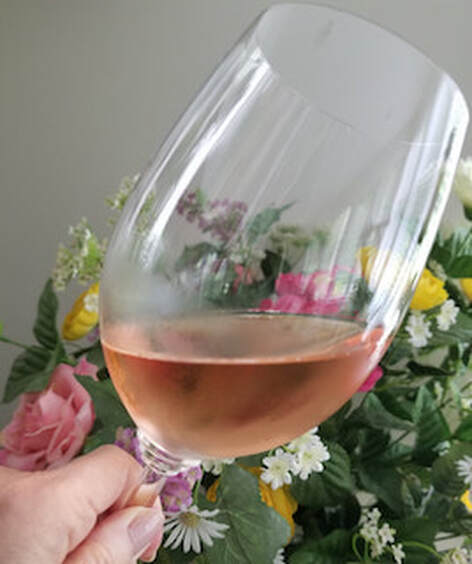
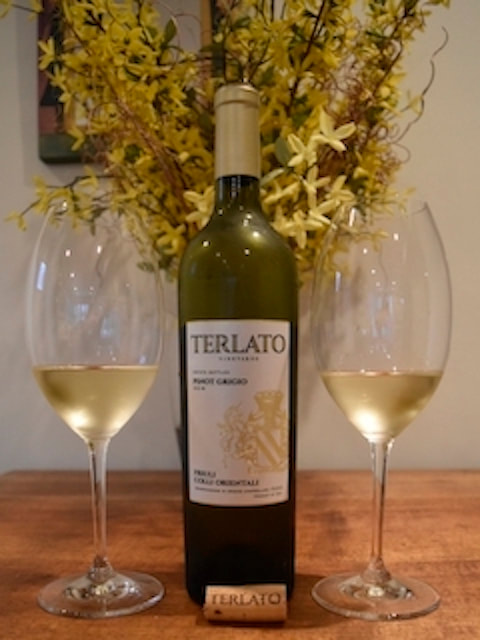

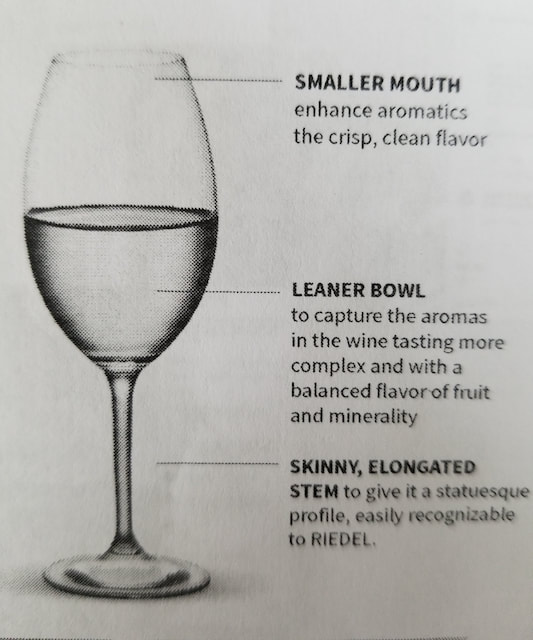
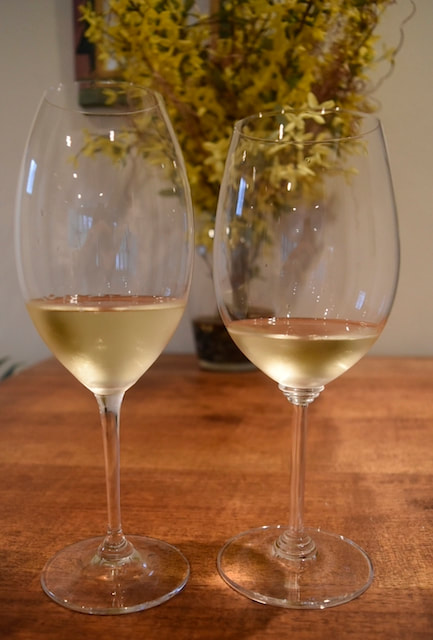

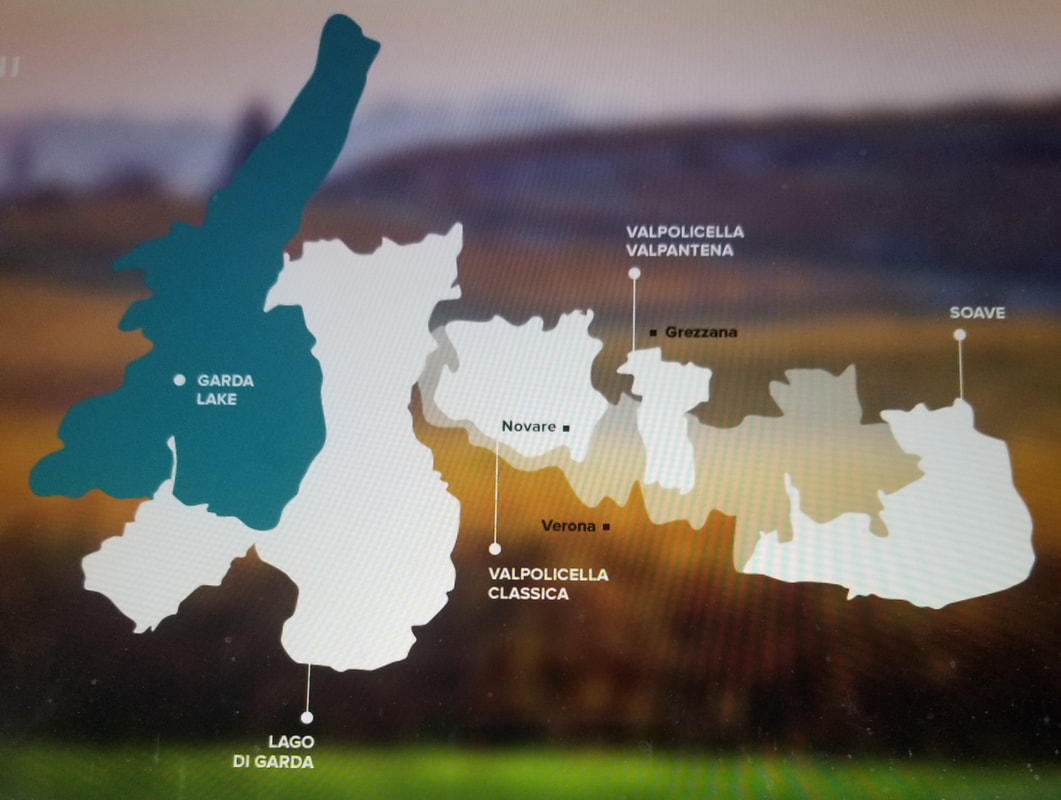
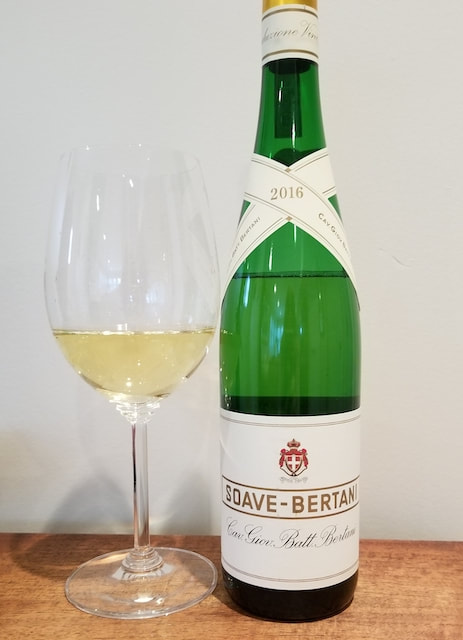
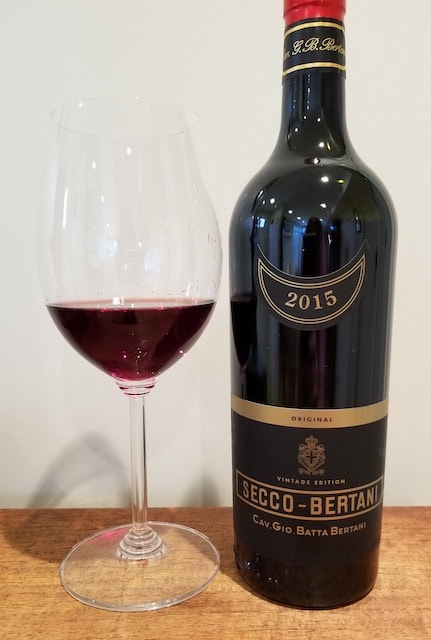
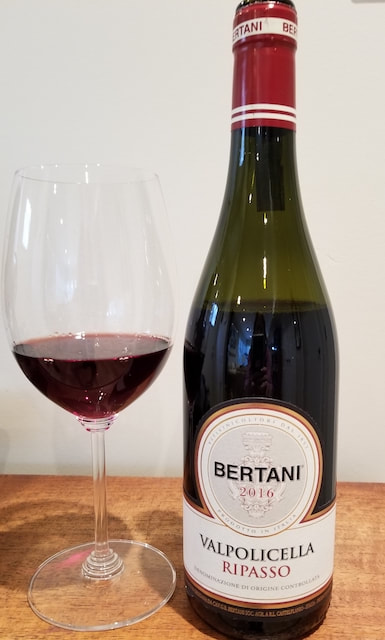

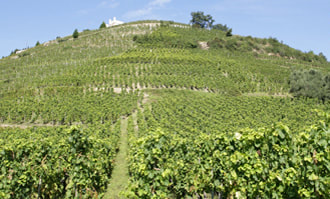
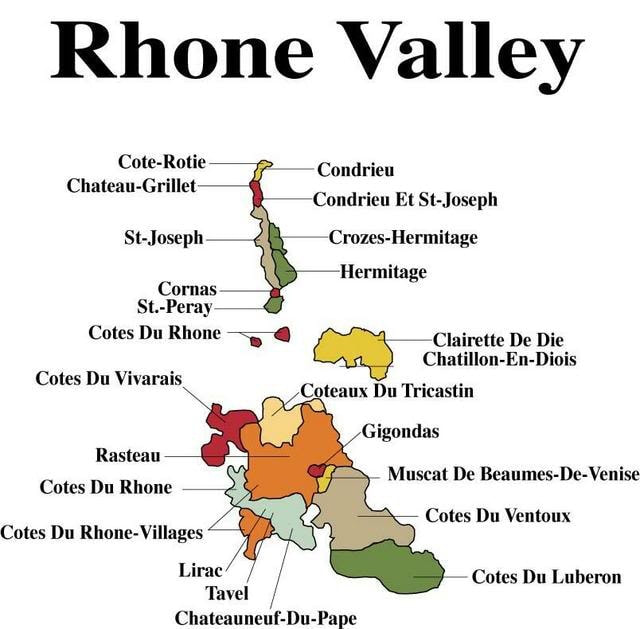
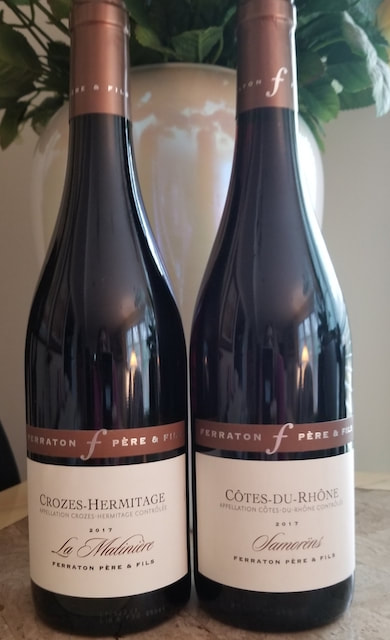
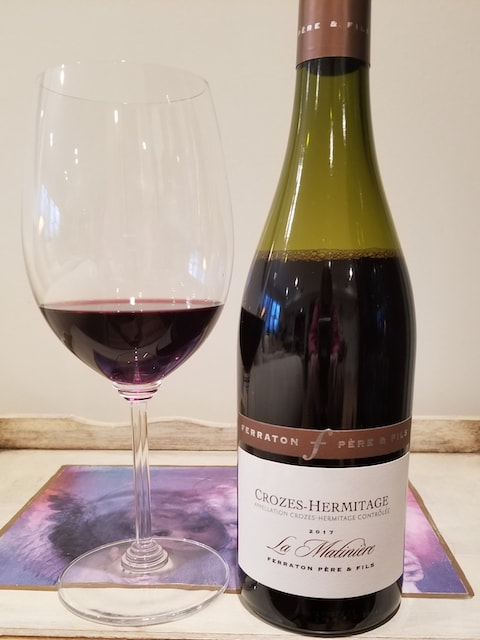
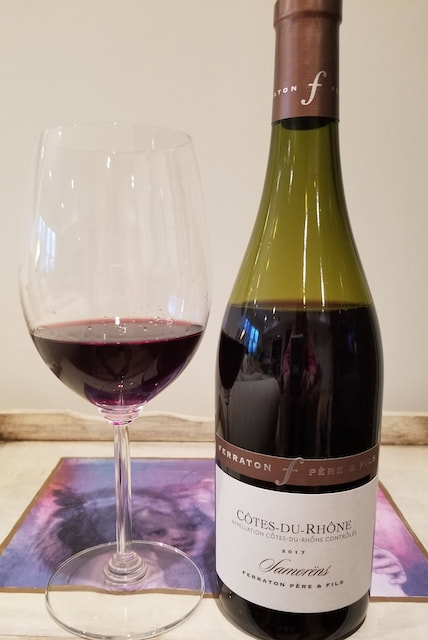
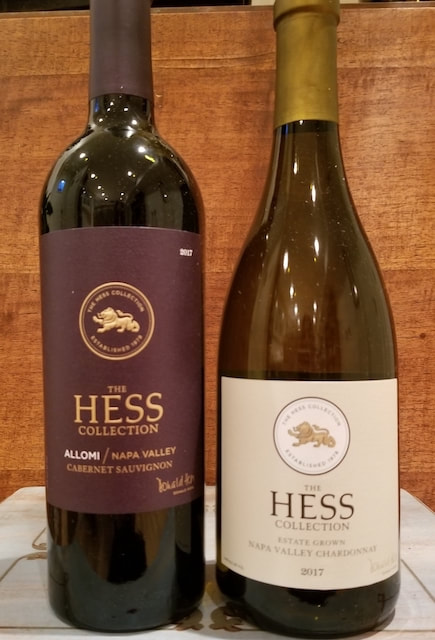
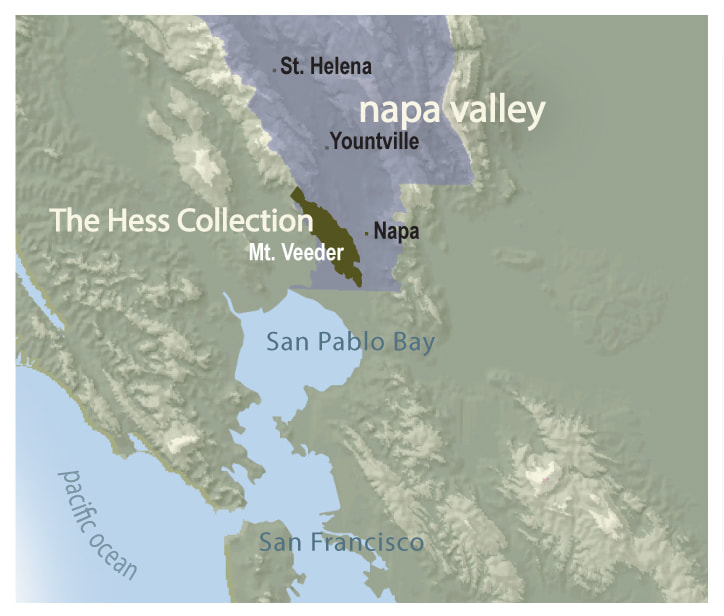
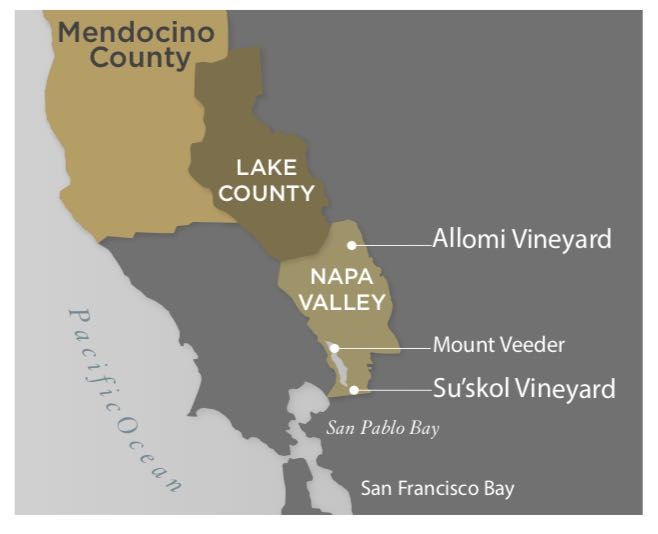
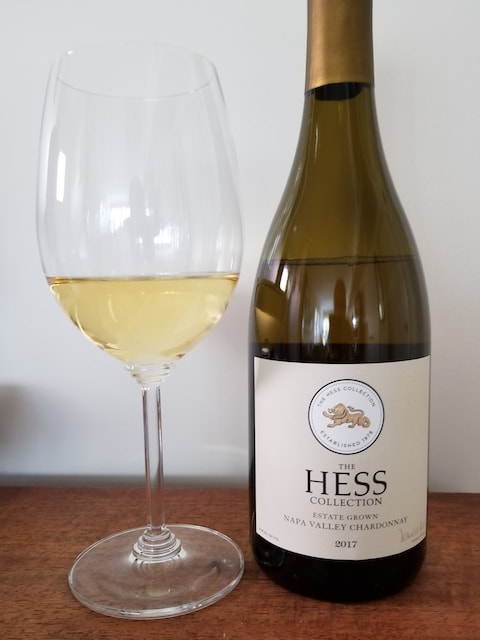
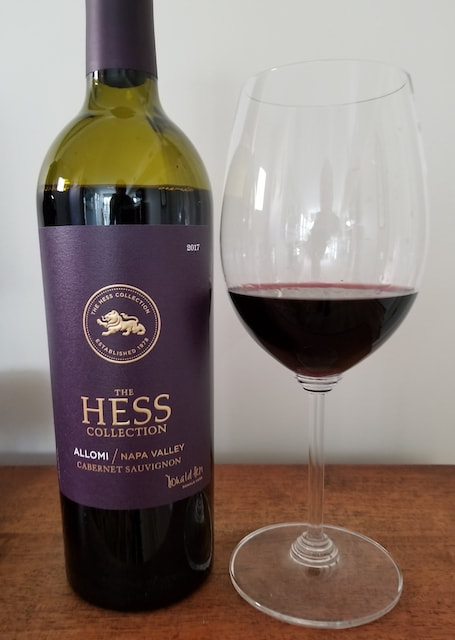

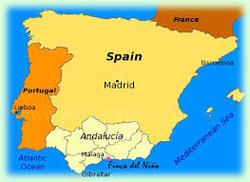
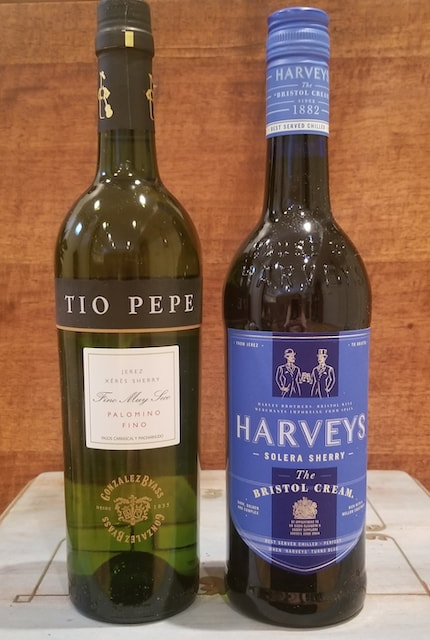
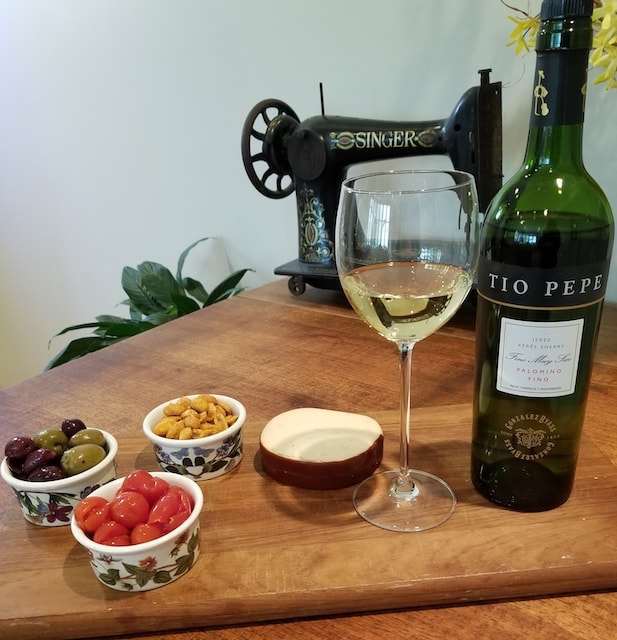
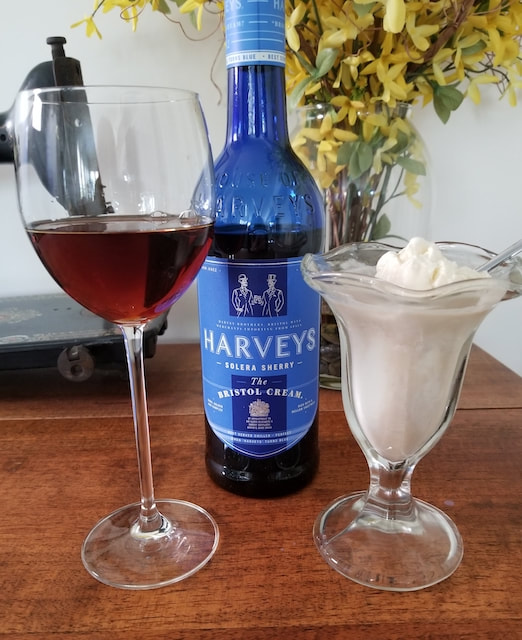
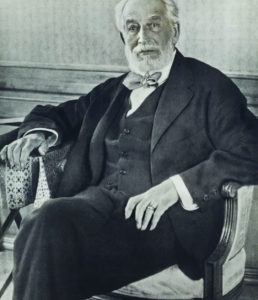

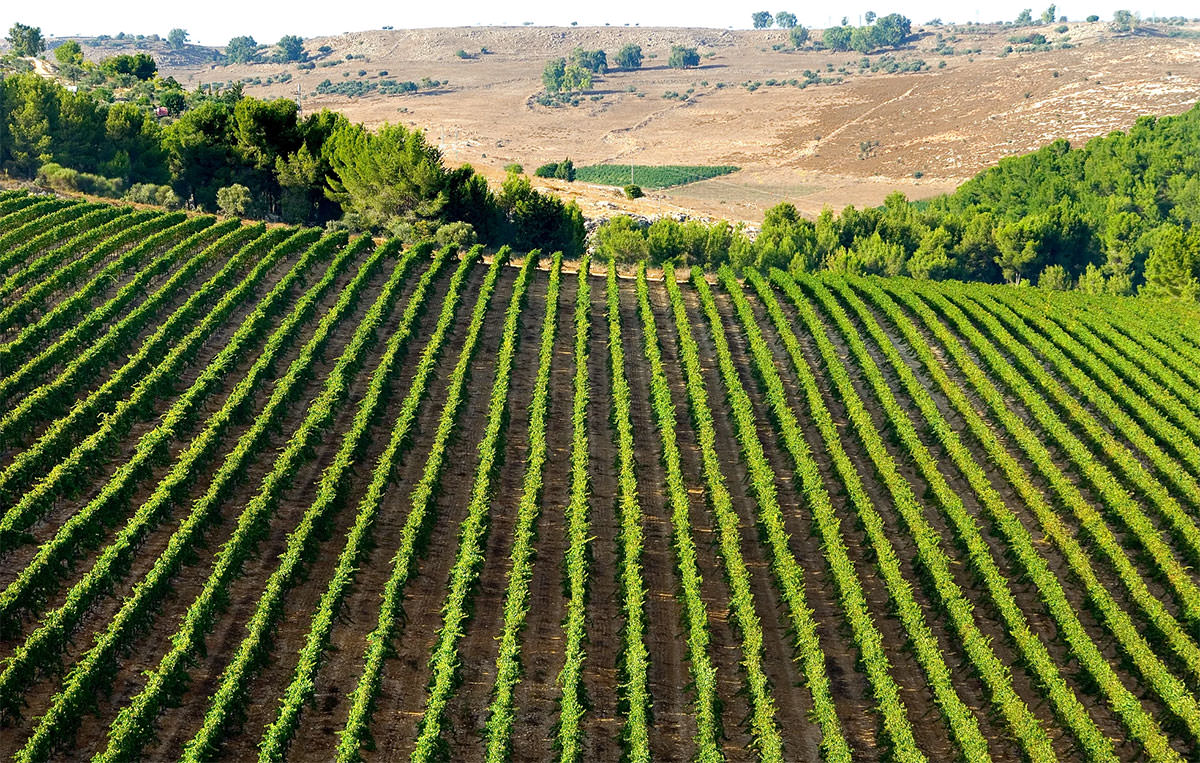
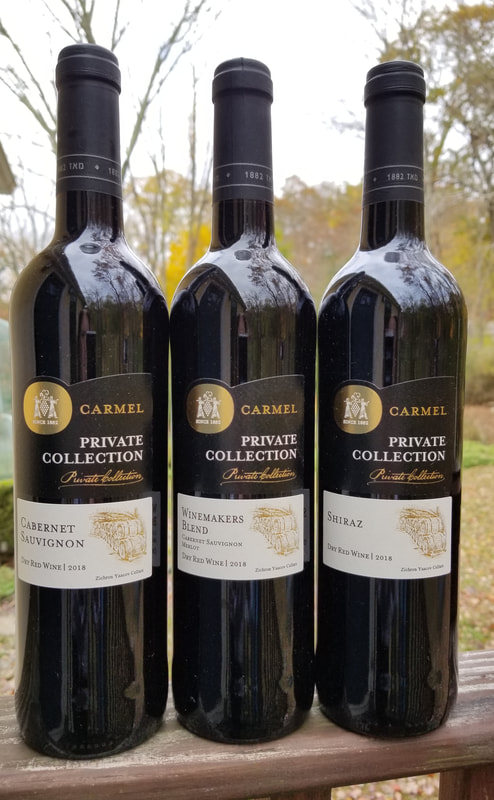
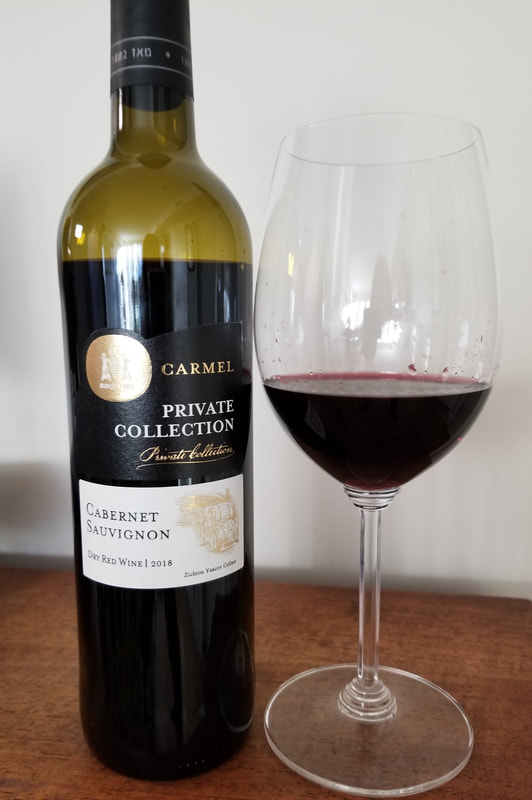
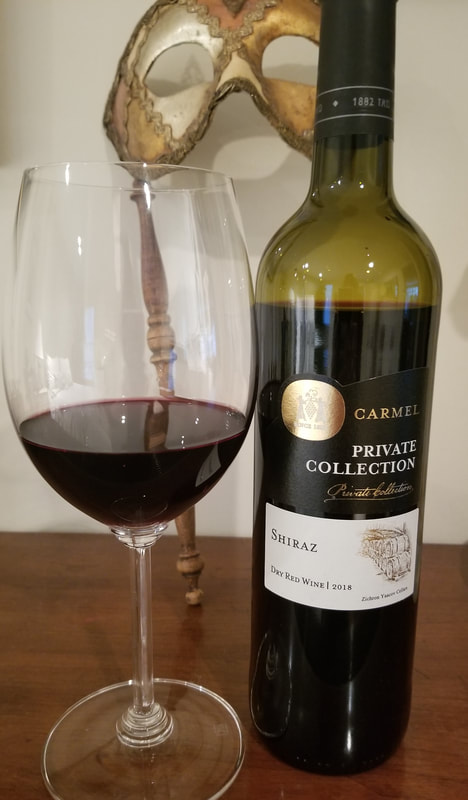
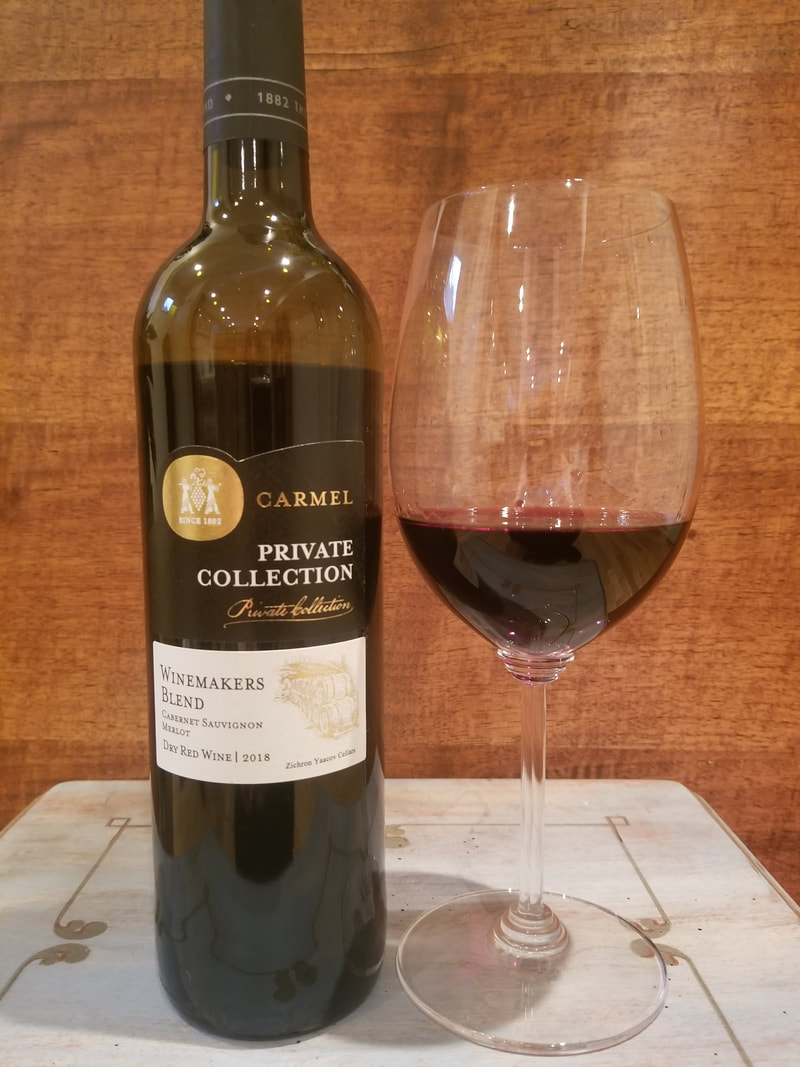
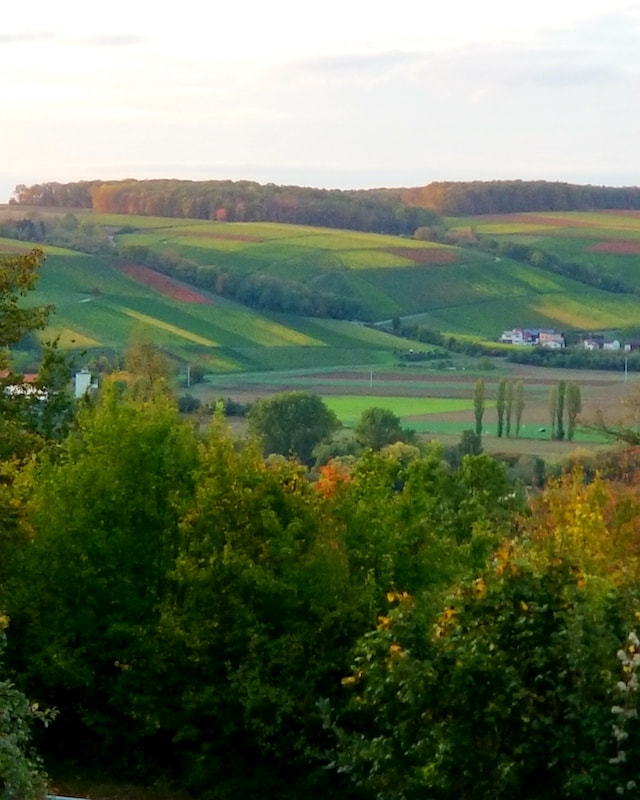
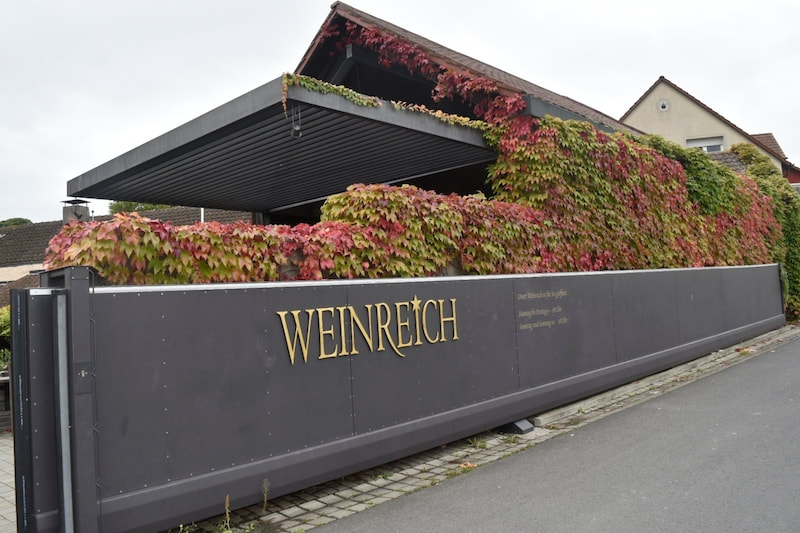
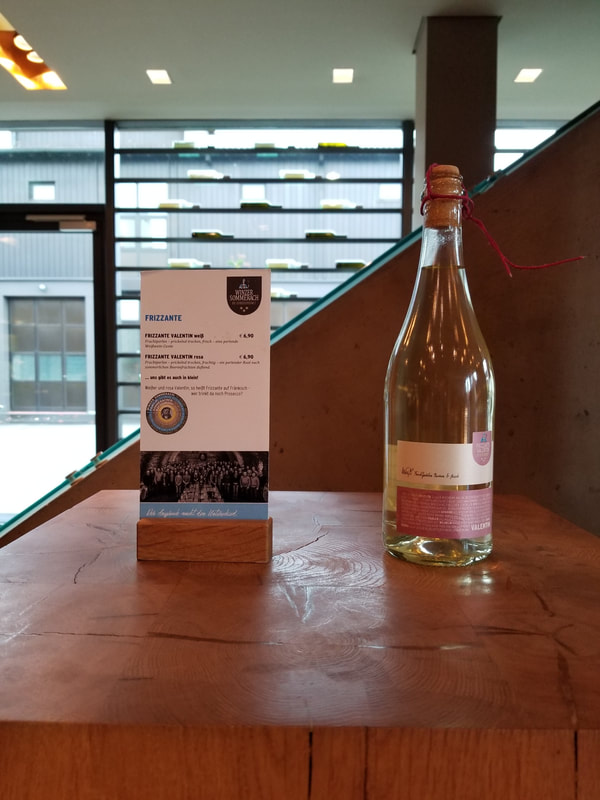
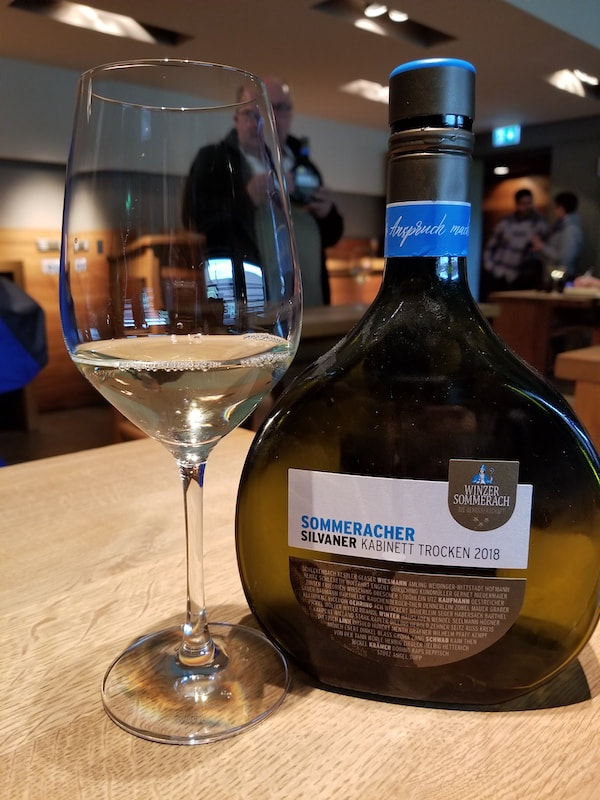

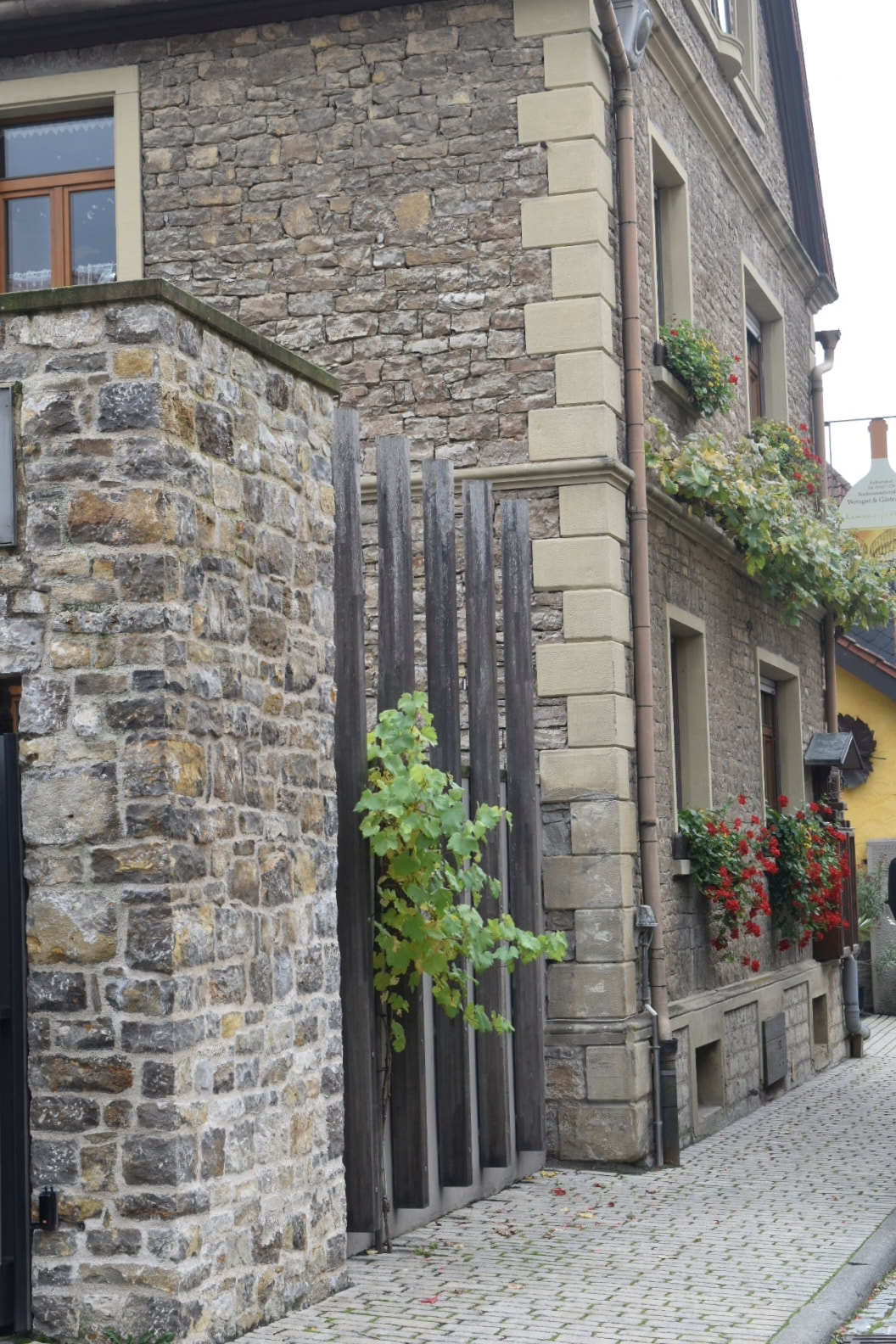
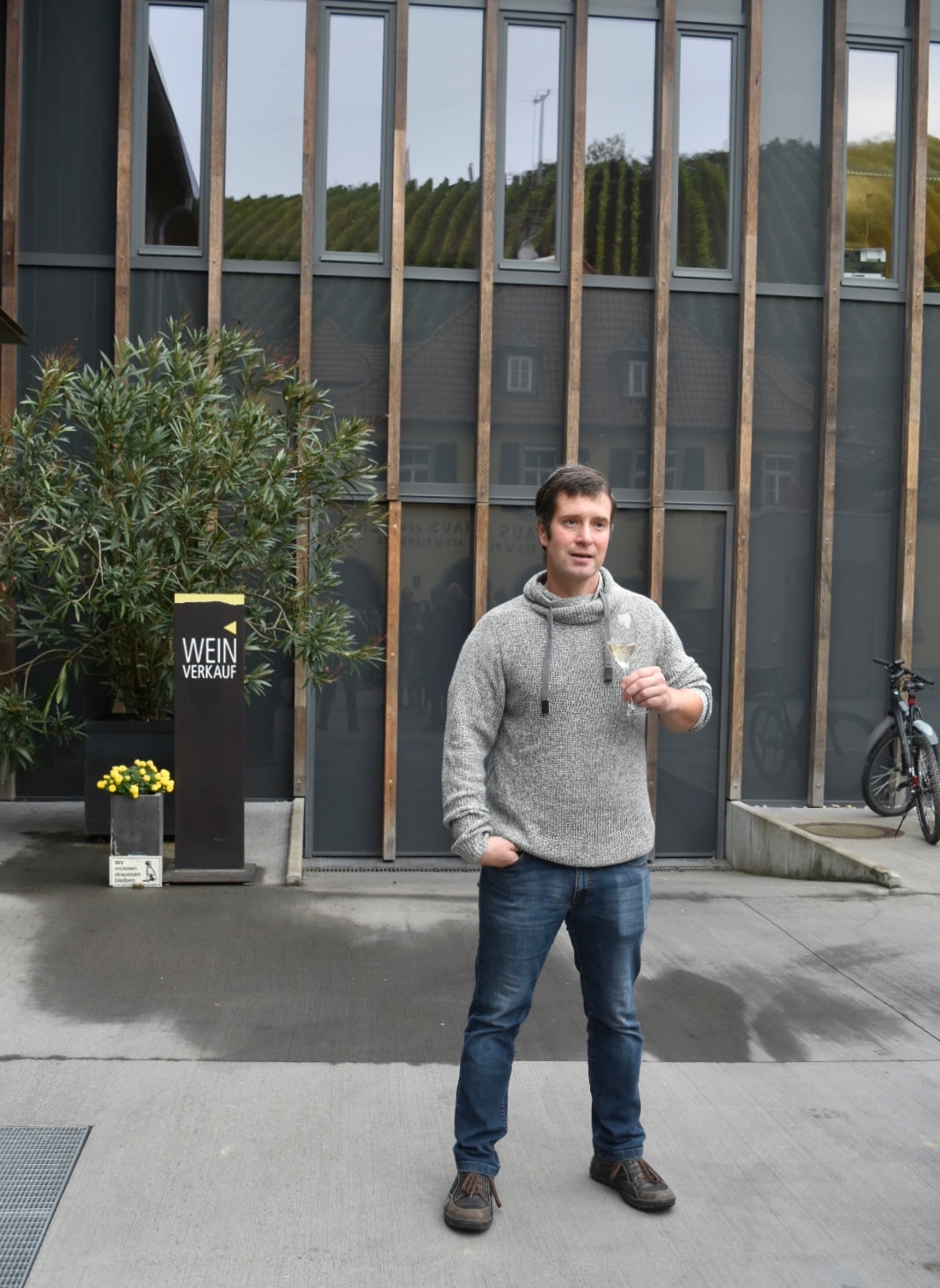

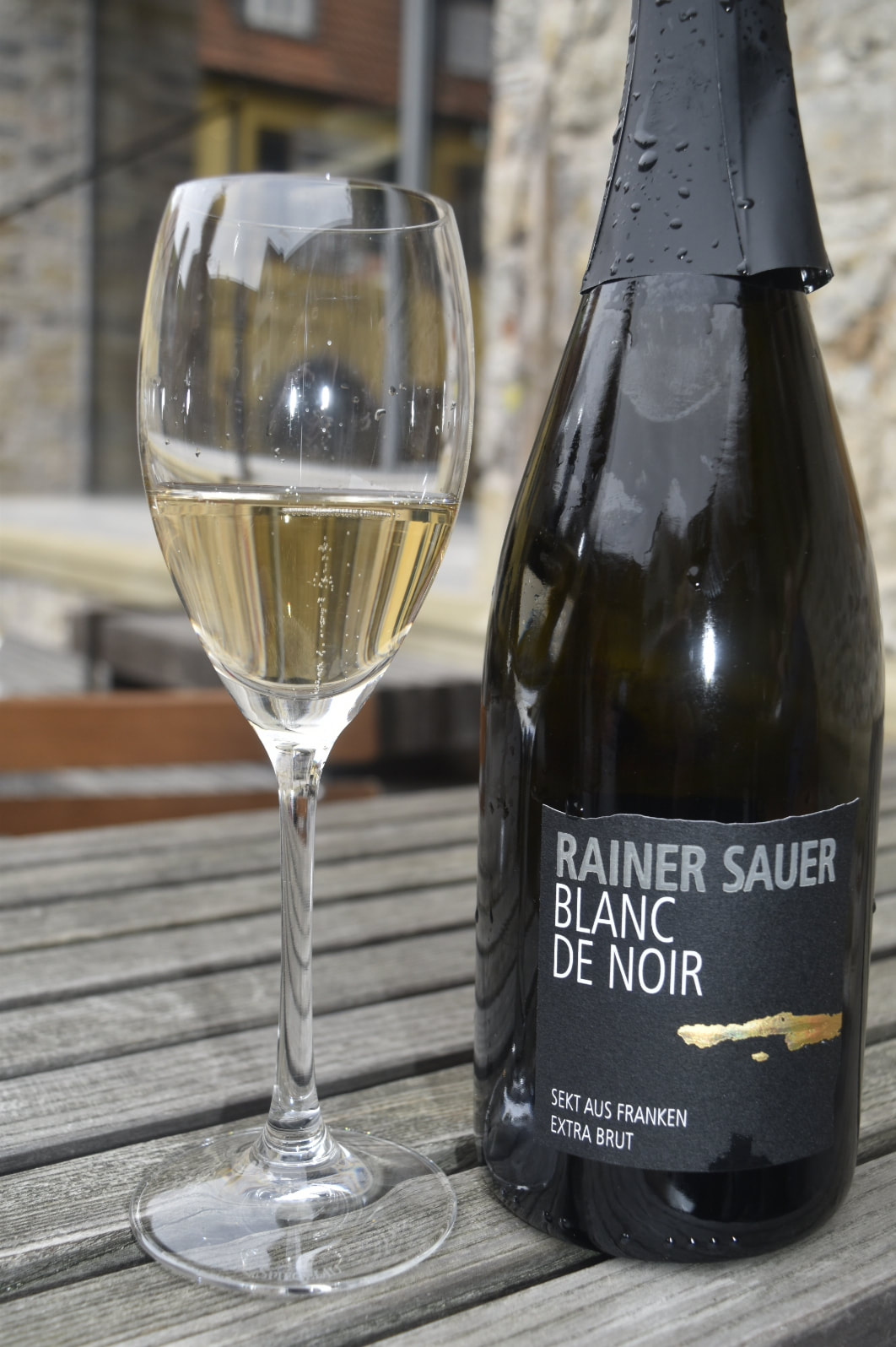
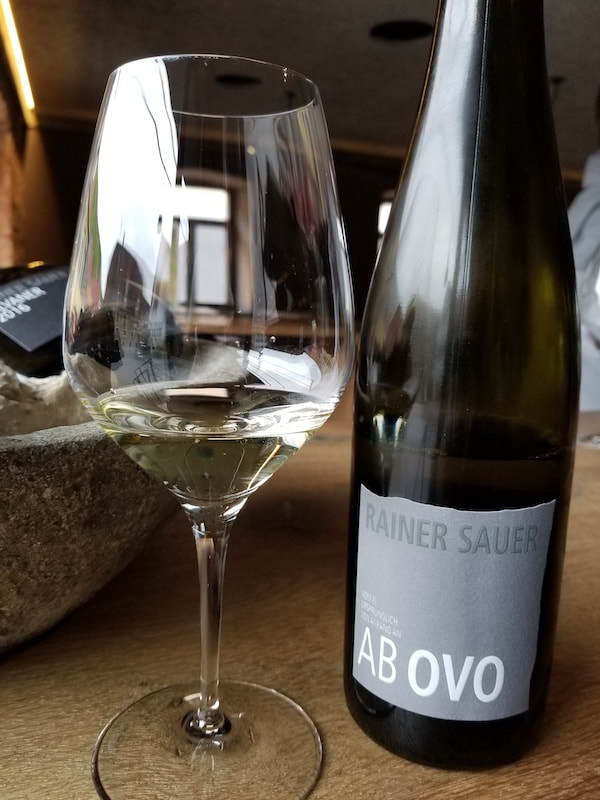
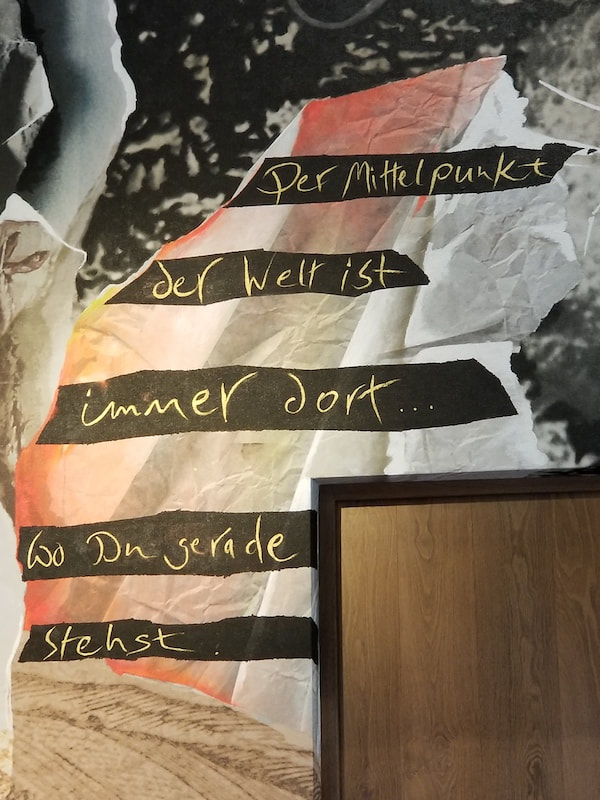
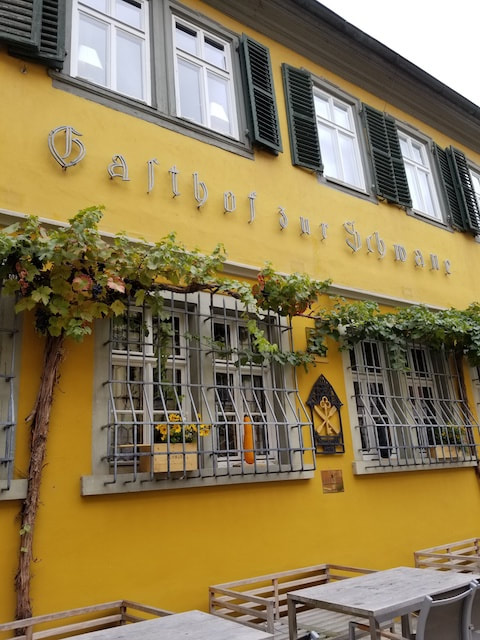
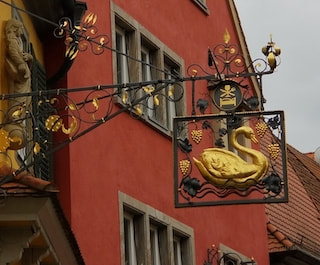
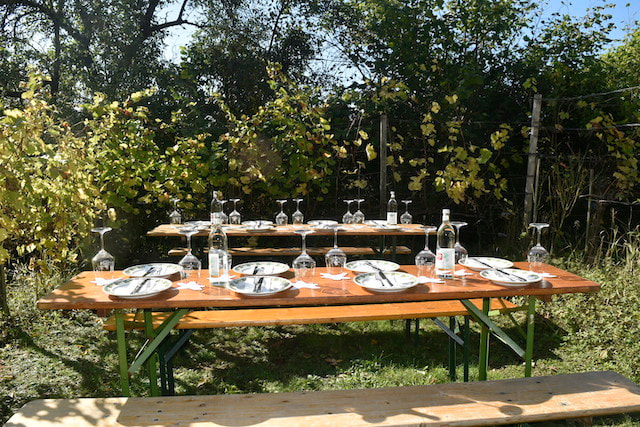
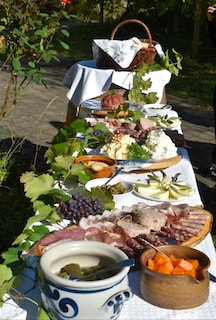
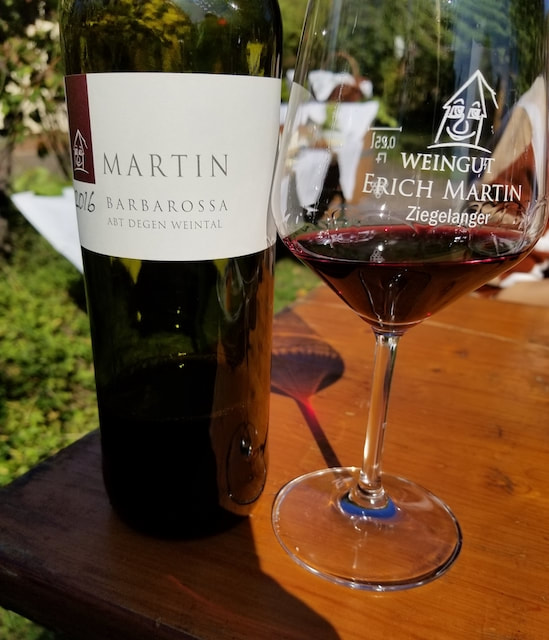
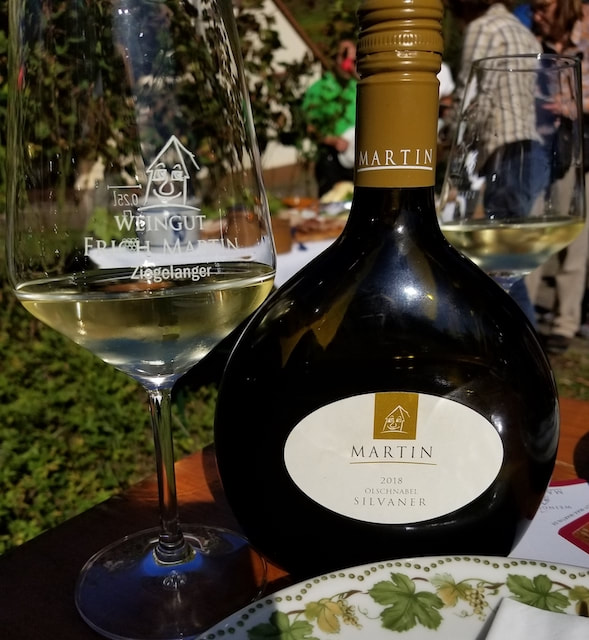
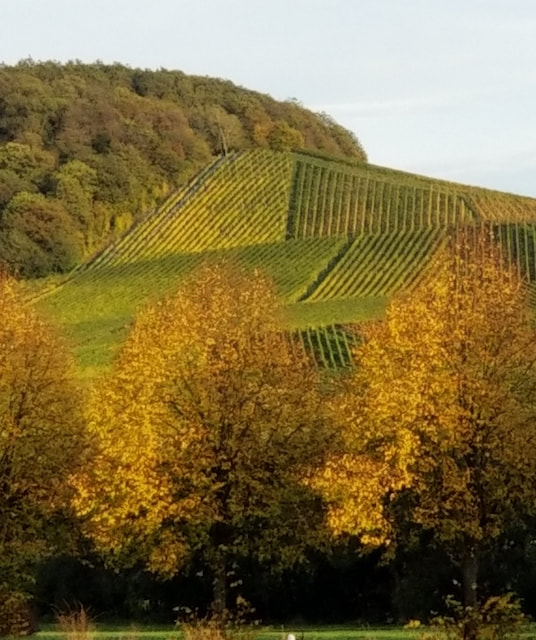
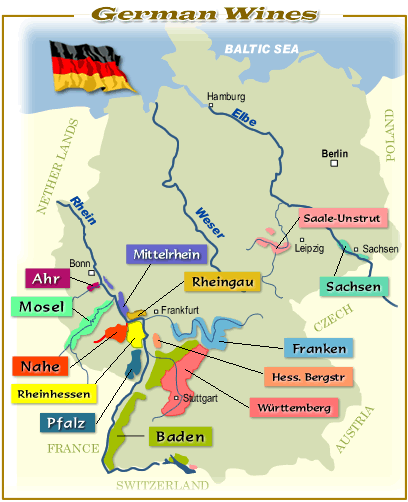

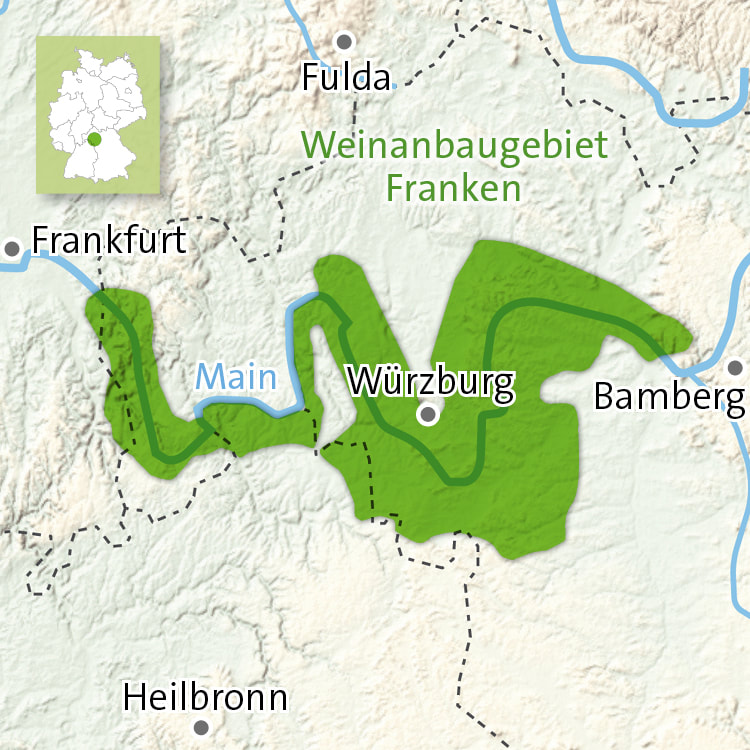
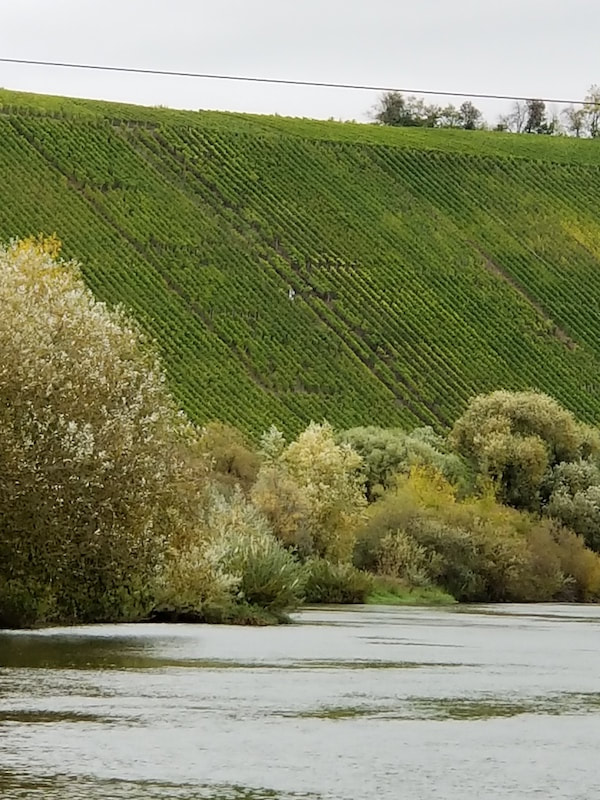

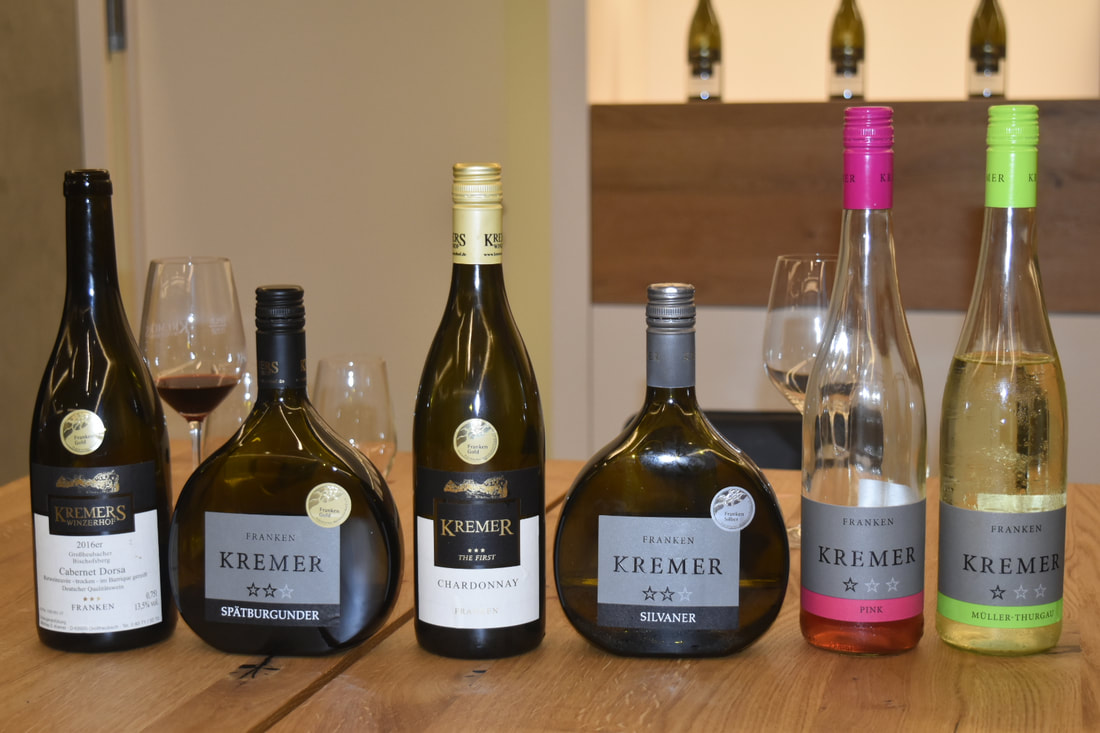
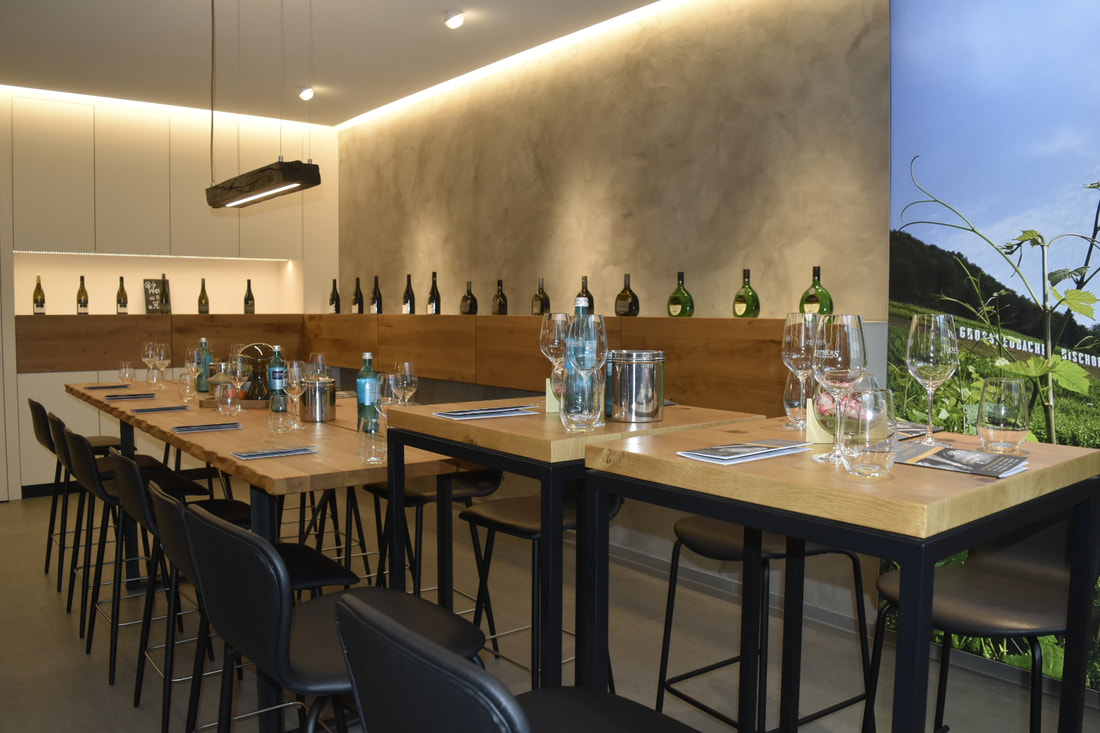
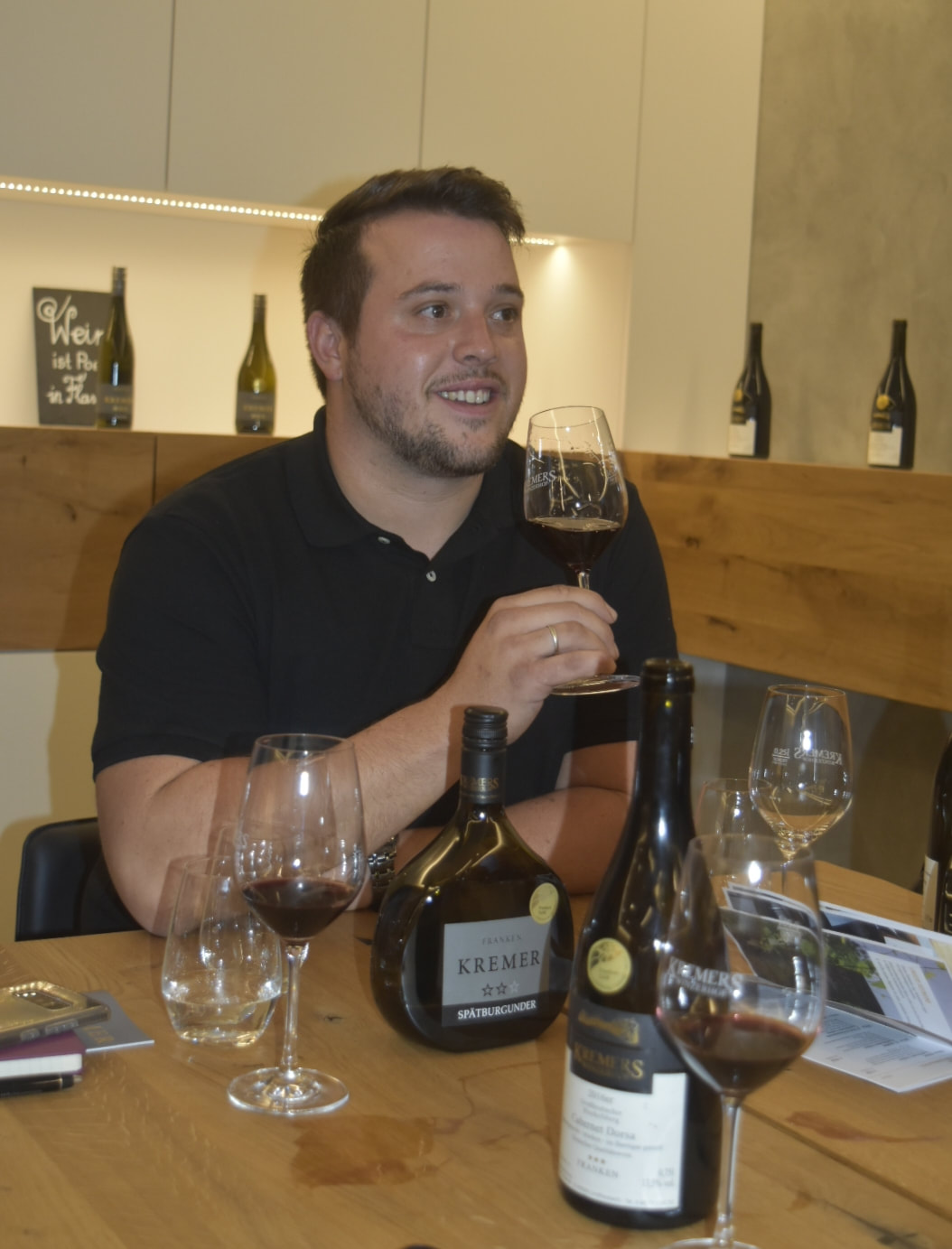
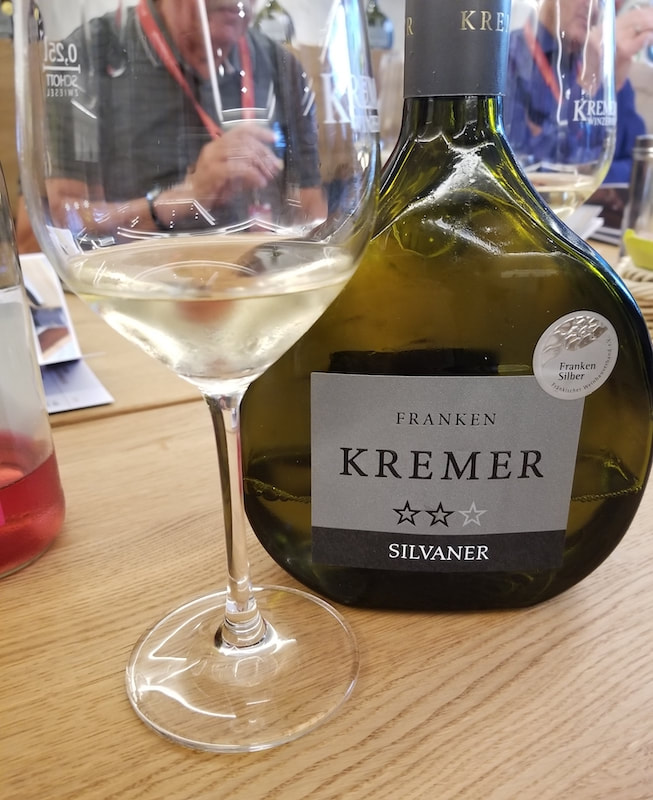
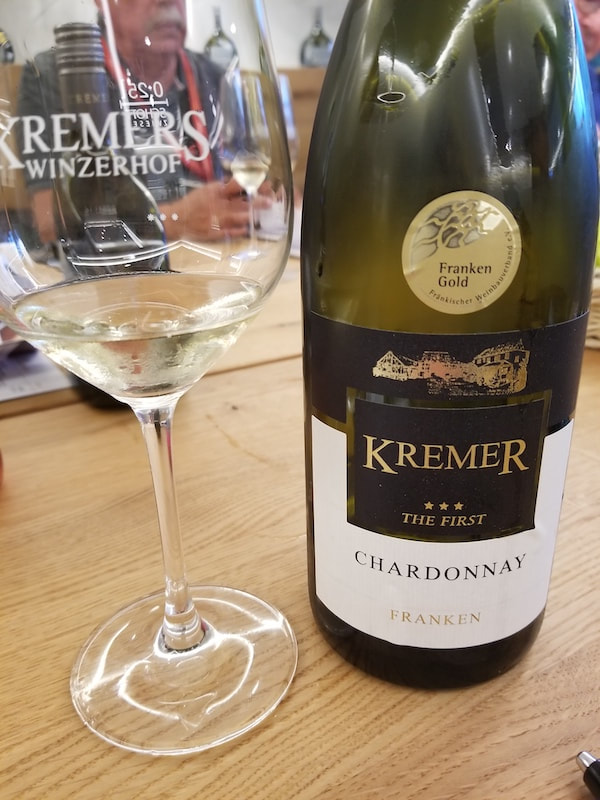

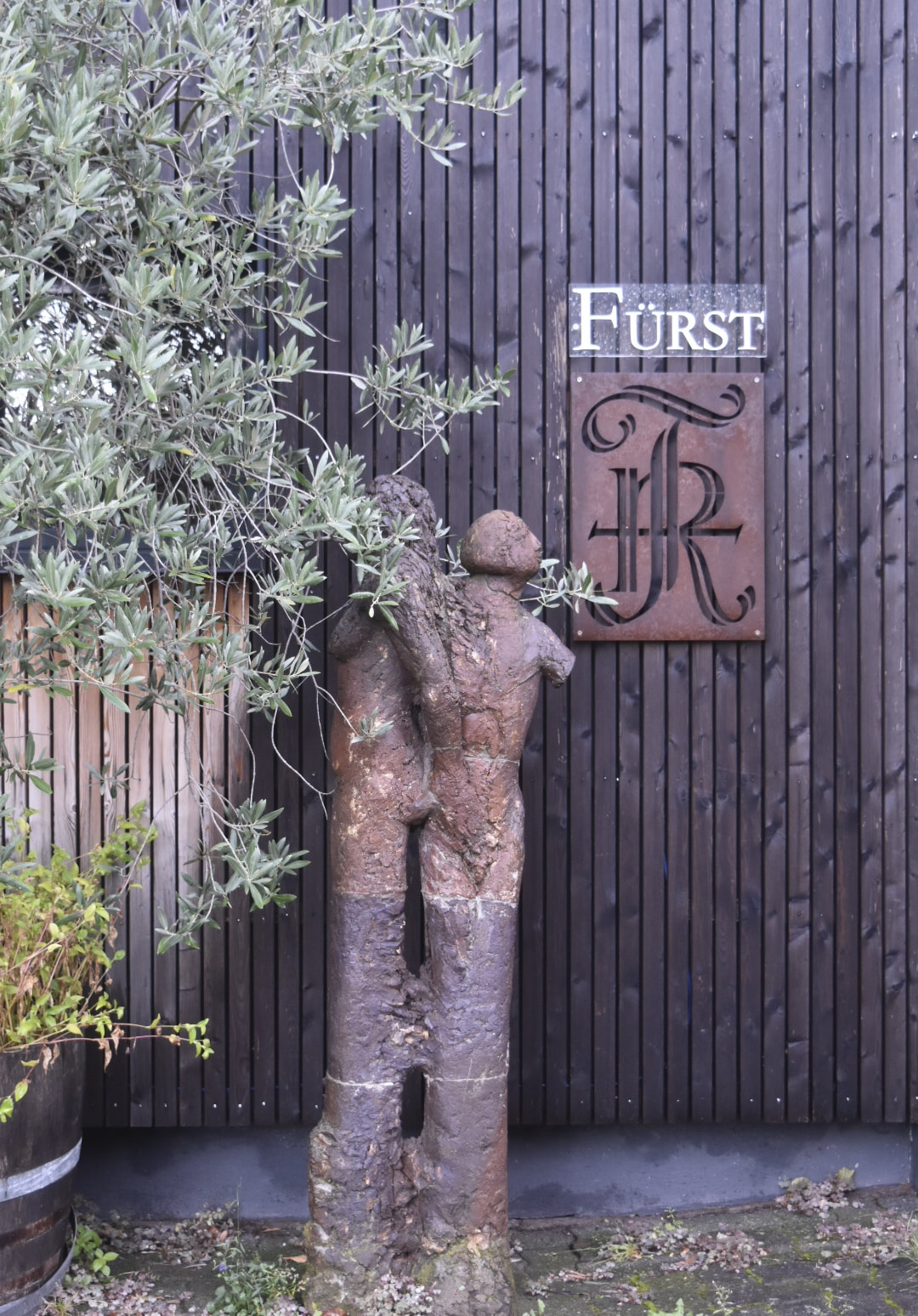
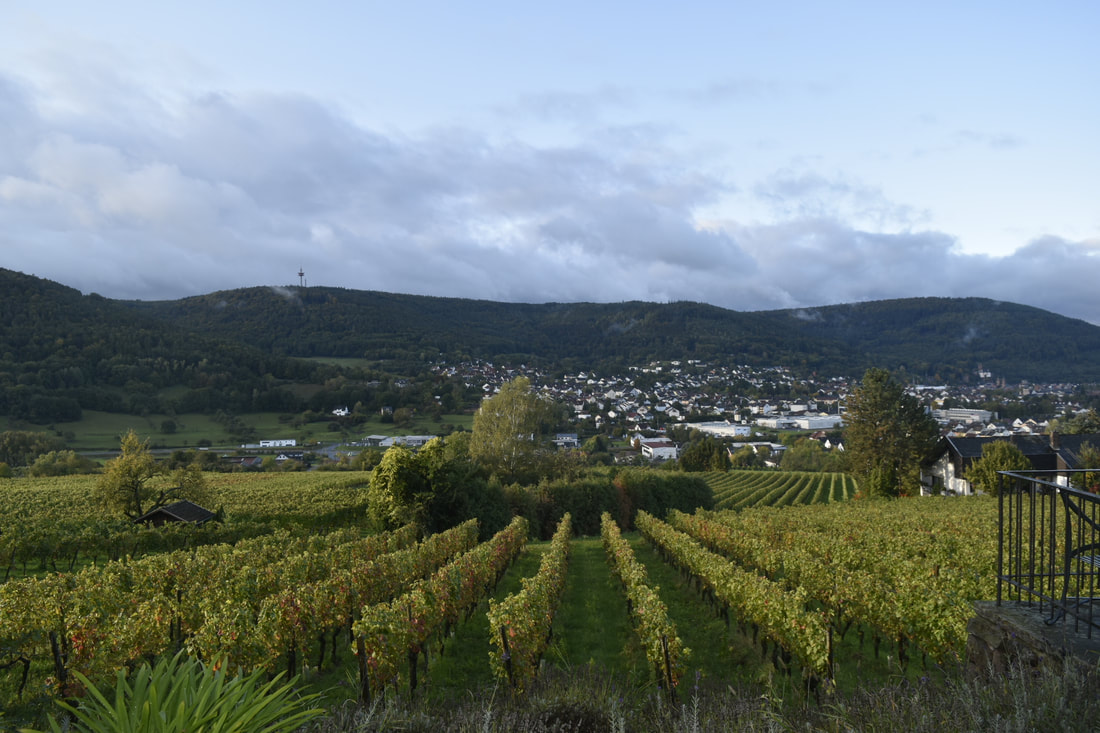

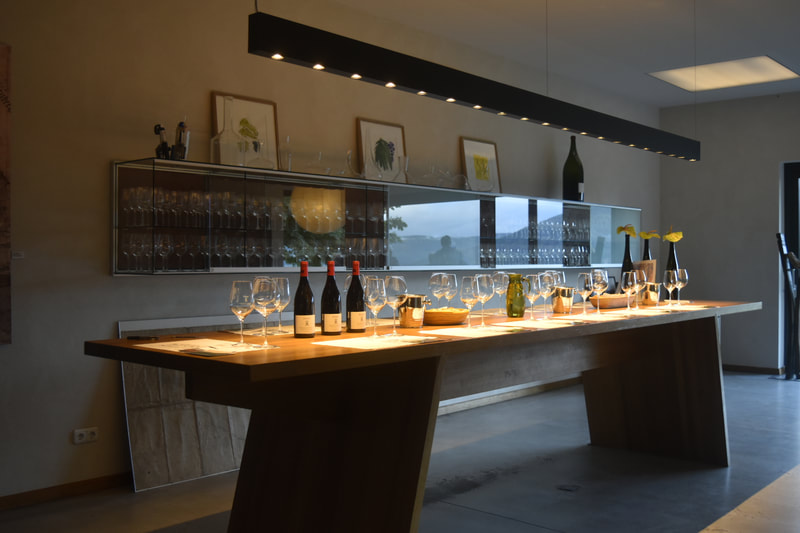
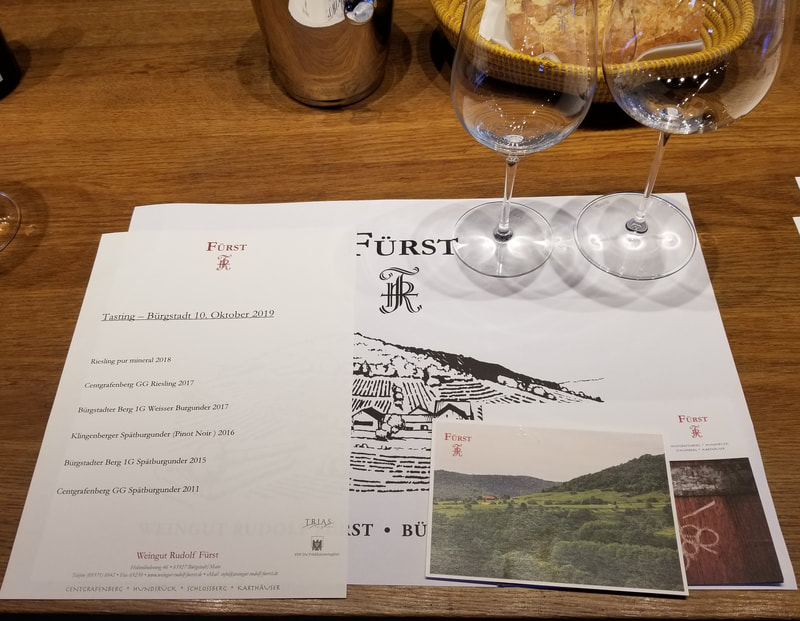
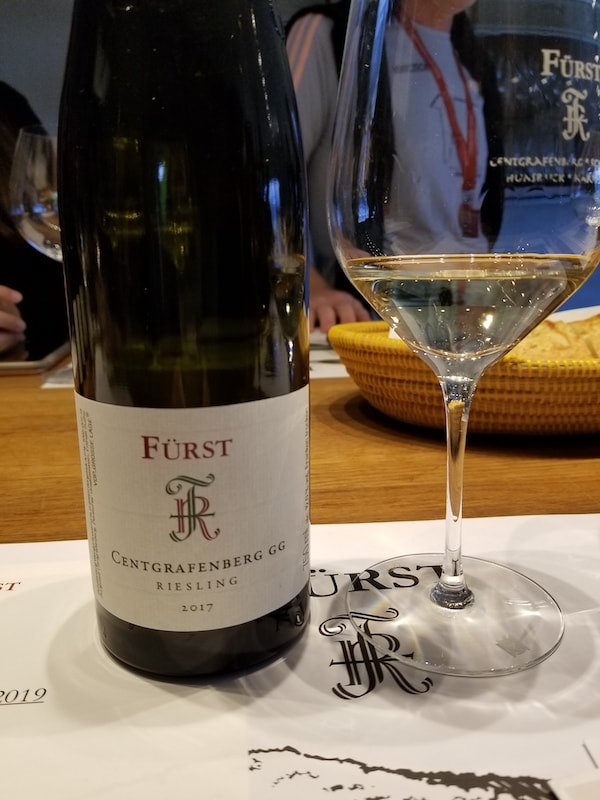
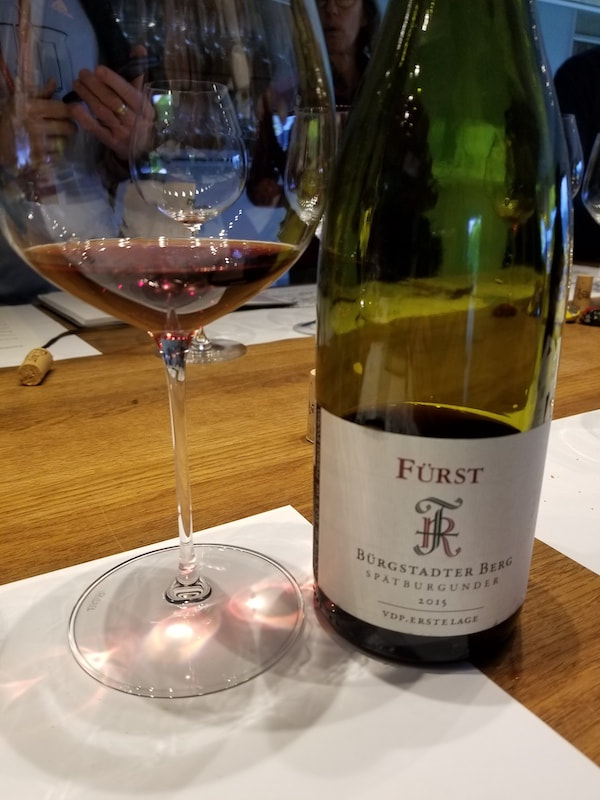
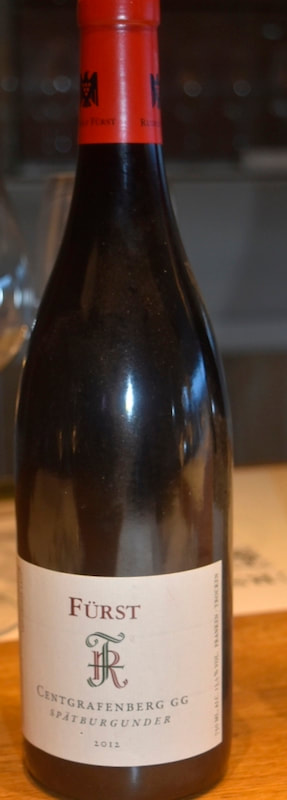
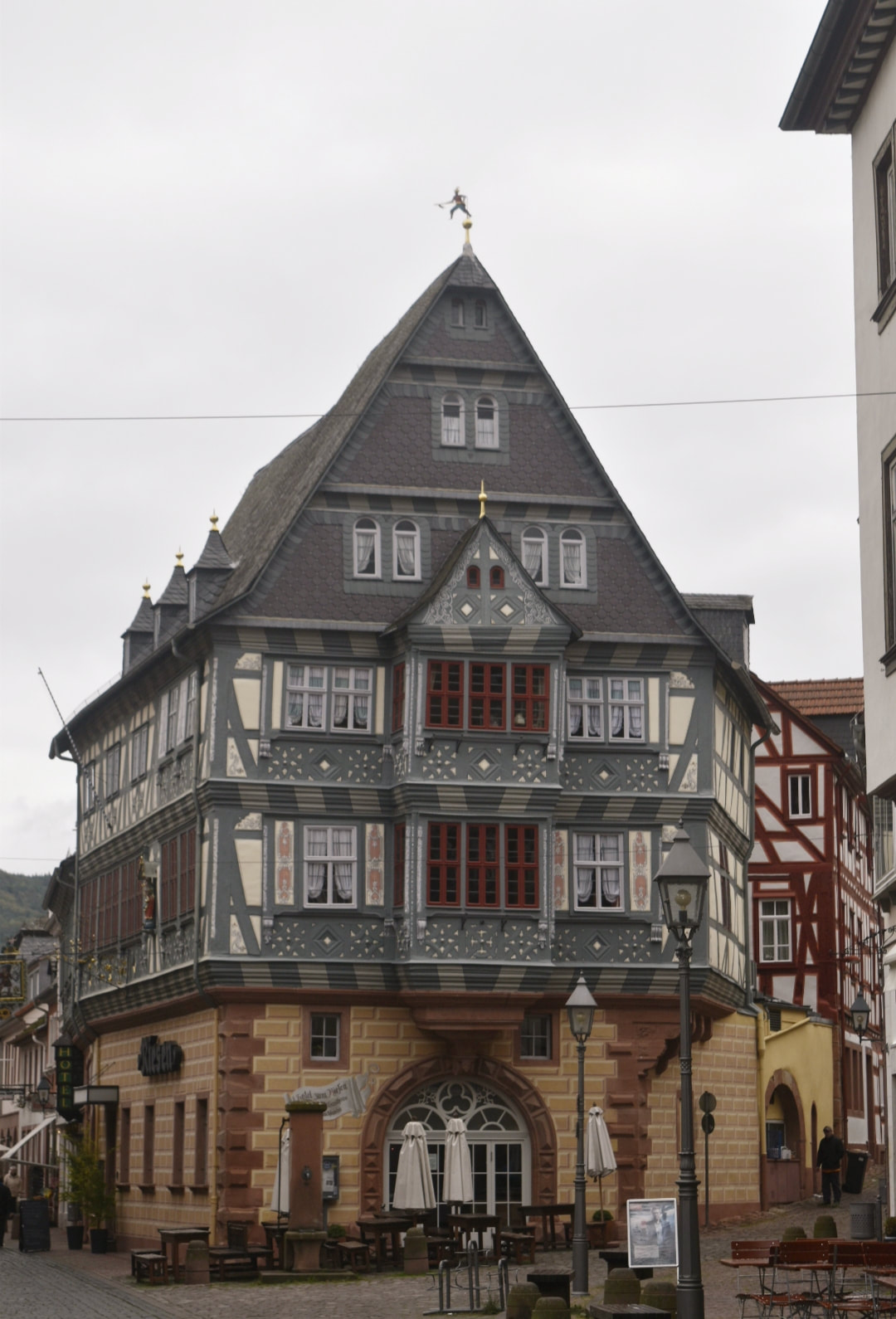
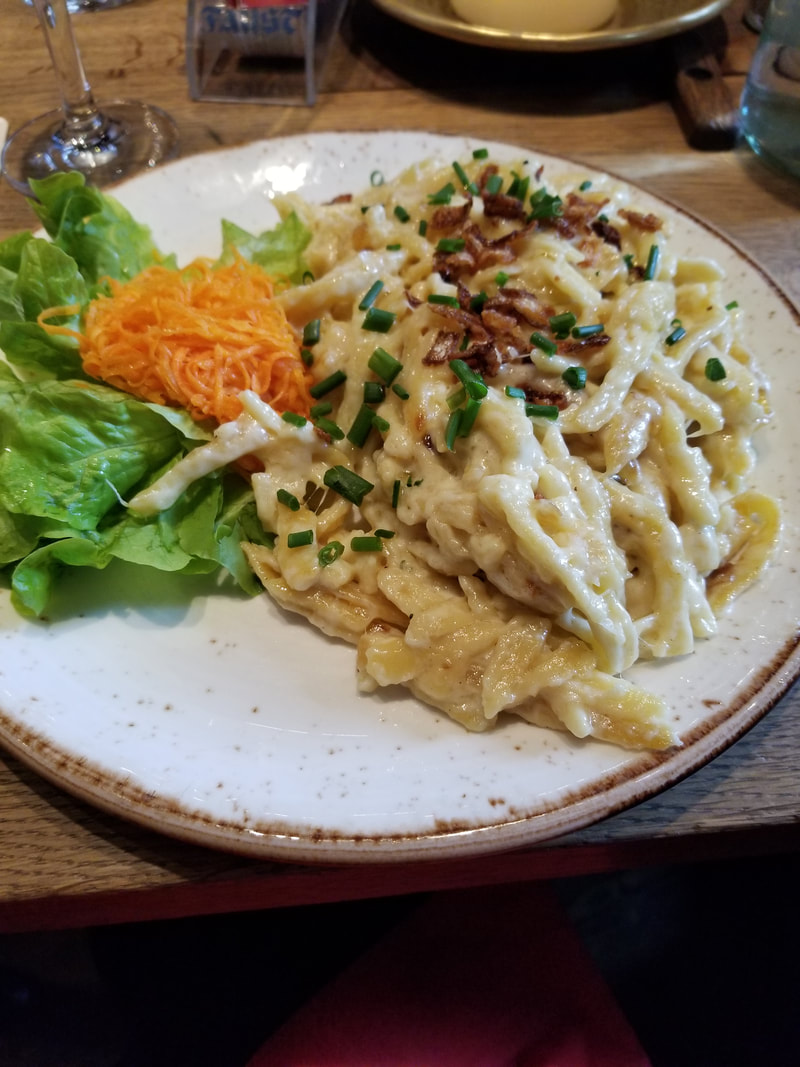
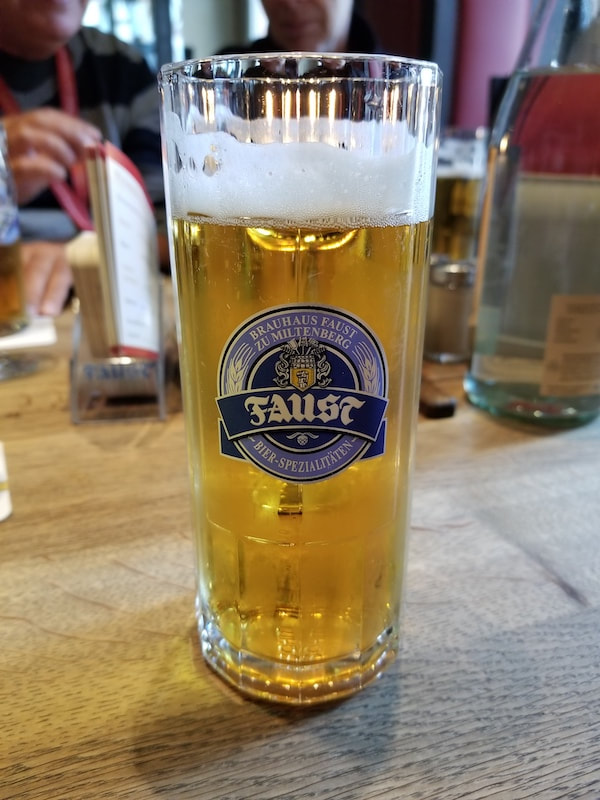
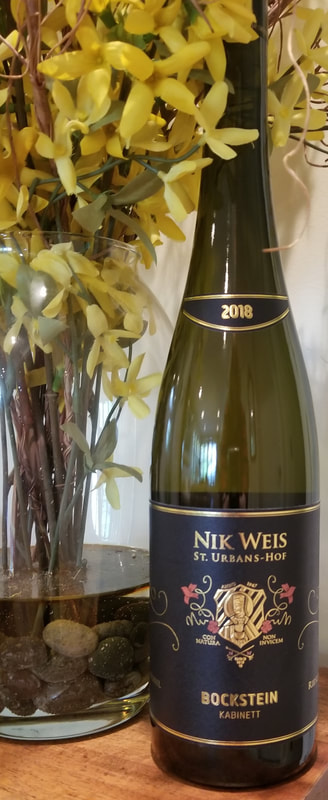
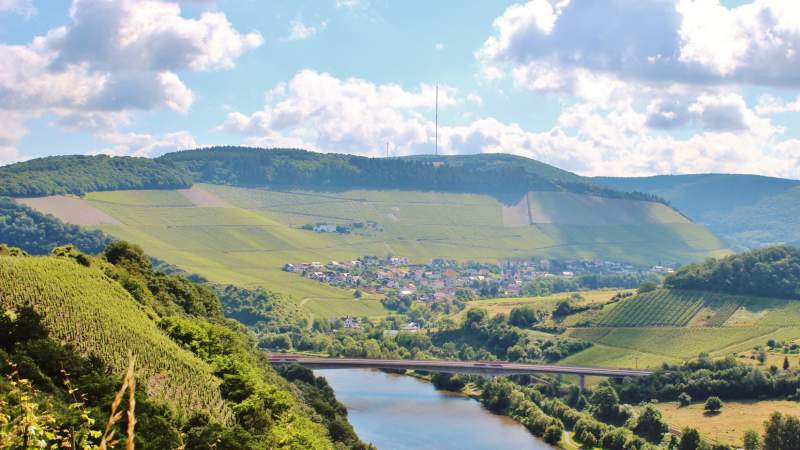
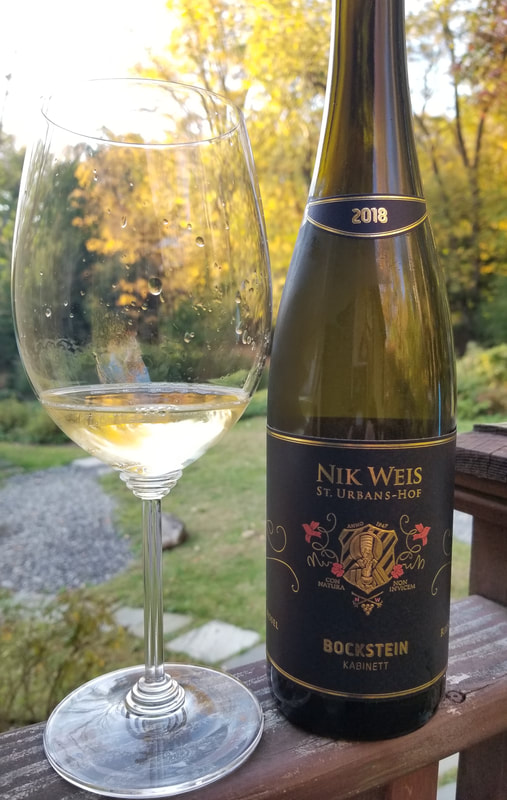

 RSS Feed
RSS Feed